During our literature review, we asked ourselves the question whether the padel was developing because over time it became a social practice. Thanks to our interview guide, we were able to collect certain information even if the concept of social practice is sometimes difficult to understand or on the contrary seems obvious.
For some people the padel has clearly become a social practice, where everything comes together to share a passion but also common interests. Indeed, sport in itself and the atmosphere it reflects is conducive to dialogues and meetings.
We saw during our literature review the case of Nordic walking and how this practice has become a social practice, promoting its development. In fact, Nordic walking was a real success in the 2000s because it relied on an existing sport practice while renewing certain aspects of it and adding new materials, images and skills. More specifically, poles have been added to this walk as well as a new physical posture allowing its practitioners to benefit from physical benefits promoting health. This sport has reinvented the principle of walking and according to its practitioners, it has allowed many people to walk properly. The concept of social practice is then respected thus bringing new materials, skills and new meaning to the practice. Now let's see if the padel can be considered as such and if this sporting practice meets the three criteria.
To demonstrate that the padel has become a social practice or not, we must recall the components of this theory. We identified three criteria for a practice to become a social practice, from a theoretical point of view. The first criterion are images (meanings, symbols), the second, skills (forms of skills, procedures) and the third are materials (materials, technologies). Thus, these three criteria must be met in order to create a social practice. According to many professionals, a social practice is based on "The fact of creating social and professional links", it is for this reason that the padel is seen as a social practice.
However, this is not enough. Indeed, we can say that the padel looks like many racket sports already very popular in France as it is presented as a mixture of tennis, squash and others. Nevertheless, there are still some factors missing from the theory of social practice, set out above, to be fully considered as this.
In terms of materials, we have rackets never used for another sport and an infrastructure specific to the padel. Thus, the concept of materials and technologies is respected. In terms of competence, it is true that the padel brings a new way of playing even if it strongly reminds us of tennis and squash. The infrastructure and playing rules necessary to be able to play padel allow to have a mixture of disciplines and undoubtedly bring a new form of game encouraging its participants to develop skills and gestures specific to this sport. Thus, the skills factor of social practice theory is respected.
Regarding the image factor (meanings and symbols), the padel is still too little developed to consider this sporting practice as a new symbol in France and it does not yet bring enough social or physical benefits to be able to affirm that the padel is for example a sports practice that provides strong health benefits. Unlike Nordic walking, which has enabled many people to relearn how to walk.
Thus, the three criteria of the theory of social practice are not yet fully respected.
However, other measurements show that even if the padel cannot be considered a strong social practice, it can become so thanks to its development in the years to come.
The first measure is community formation. In the following parts, we will focus on the atmosphere and entertainment side of a club. Indeed, it develops the social side of the practice. This organization allows people to live in a place where everyone shares the same goal with the same state of mind and the activities and the different events organized by the clubs promote the creation of community. padel.
These communities are "Strong and getting bigger every day", this shows that word of mouth is a very important means of communication for the development of a market. For some professionals, the creation of community will just accompany the practice, but for others it will make it possible to be heard on a national scale, to enlarge "the family" and to create a trend and new sports habits.
Another measurement shows that the padel can become a social practice. The creation of a natural professional network. That is to say that within the club of padel, where during events, people do not exchange only on the sporting aspect of the practice but also on the professional side of each one. Indeed, we can find within a club a person finding a new professional affair thanks to their common passion. Thus, a professional network around the padel is naturally created also promoting social bonds between people.
We can conclude from these data that the padel can become a social practice by continuing its development. The principle of communities and networks is at the heart of this practice, thus developing its communication. This reflection perfectly reflects the relationship between producers and consumers within this market.
However, some professionals have a completely different image of a social practice and do not see the padel like a social practice but more like a collective practice. Thus, according to the theory of social practice, the padel has not yet fully become a social practice, but many links and groups are created within this practice, it is for this reason that we will characterize for the moment the padel as a collective practice.
Student in Master 2 entrepreneurship and innovation at IESEG SCHOOL OF MANAGEMENT in Paris and passionate about sport, I decided to devote my end-of-study thesis to the emergence of padel in France as a sport and social practice and the associated market development. Having lived 22 years in Morocco and for 5 years in France, I am delighted to be able to share my skills.




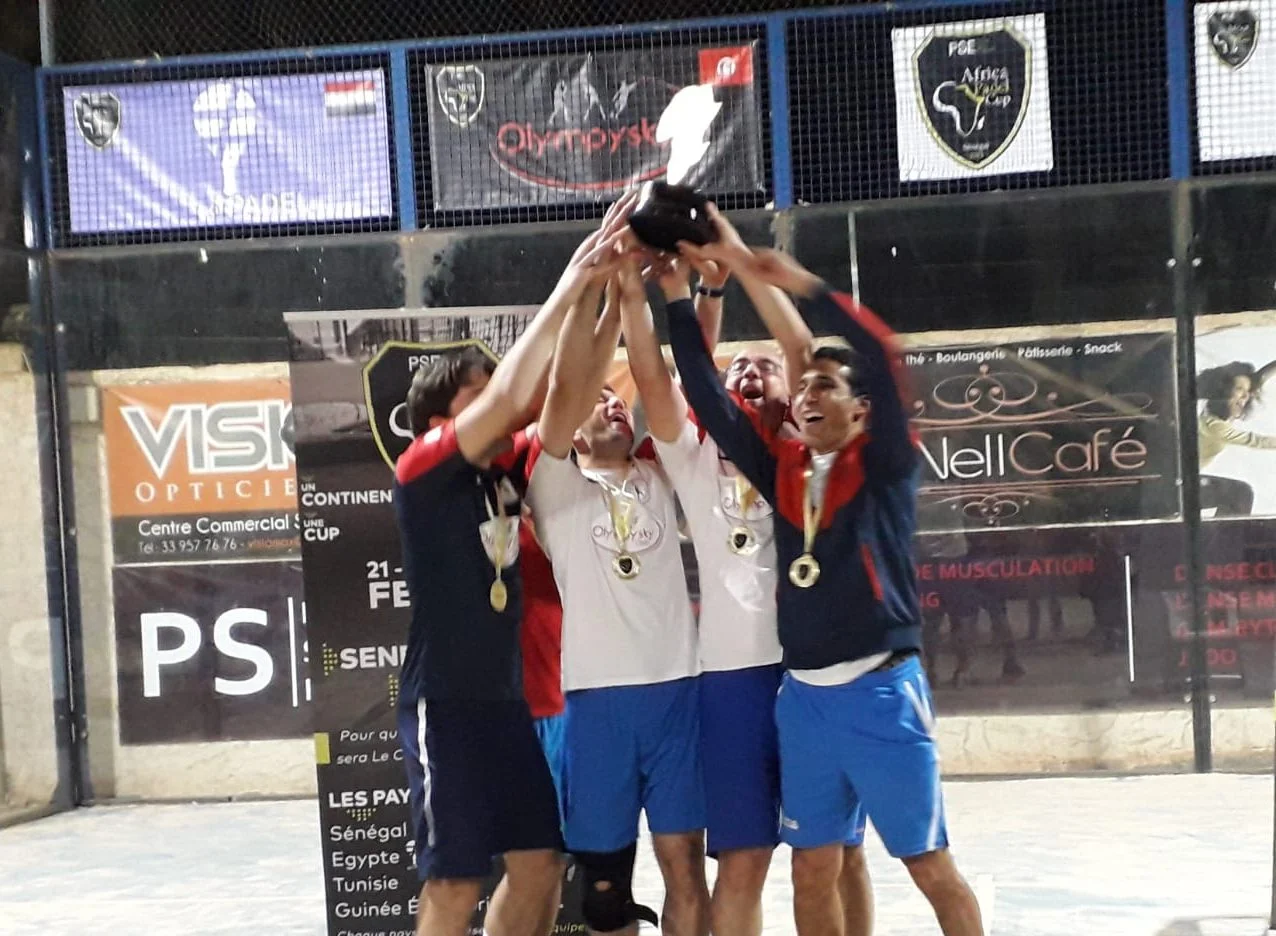


















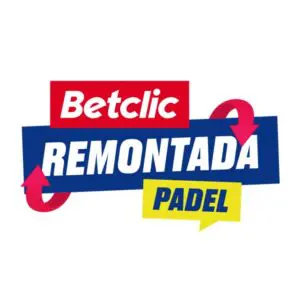










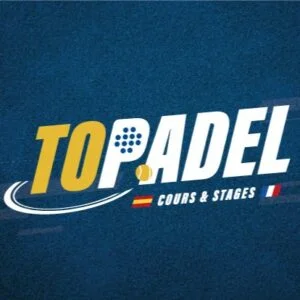



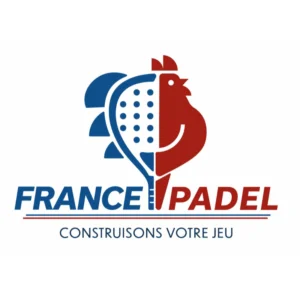




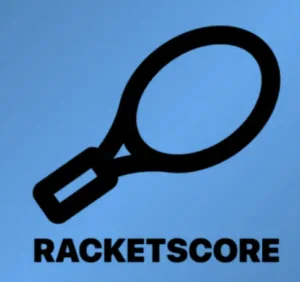

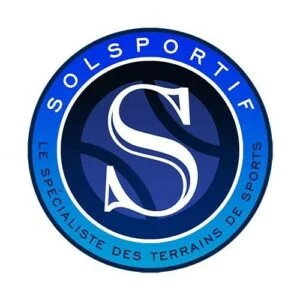

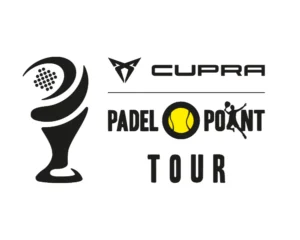



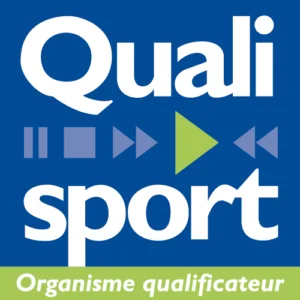


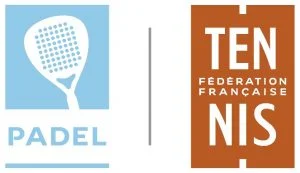
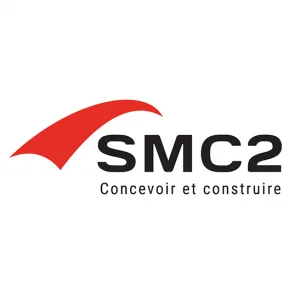

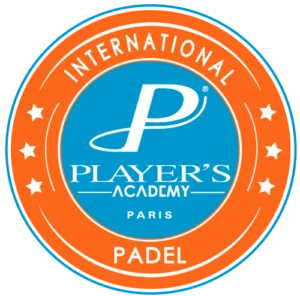
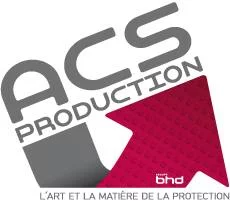


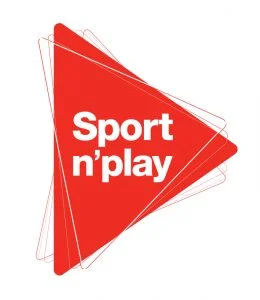

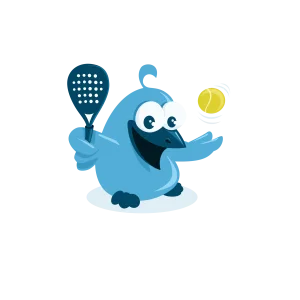

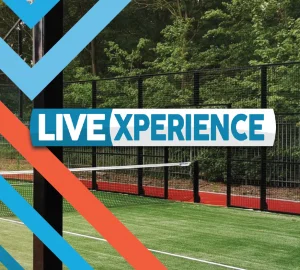
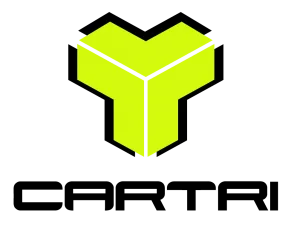

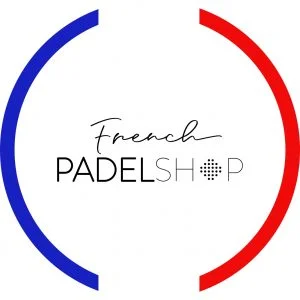
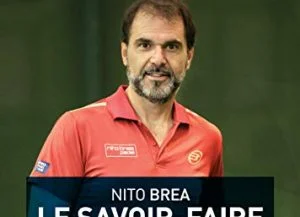
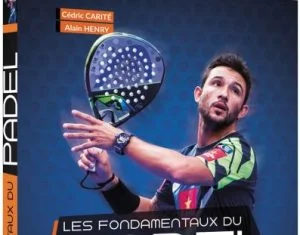



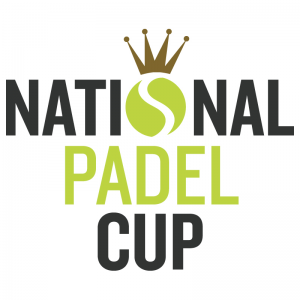
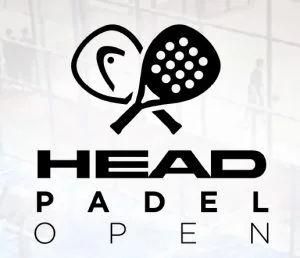





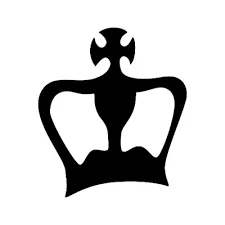


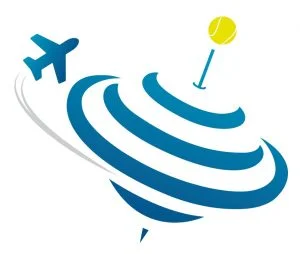
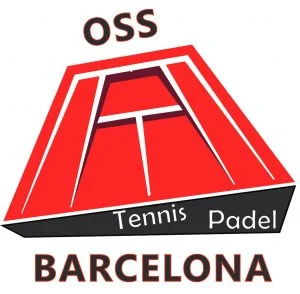
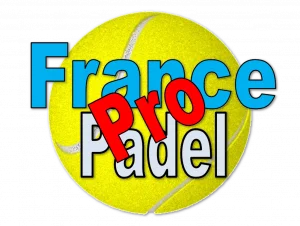


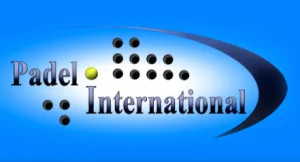

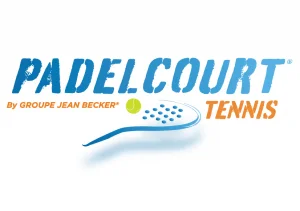
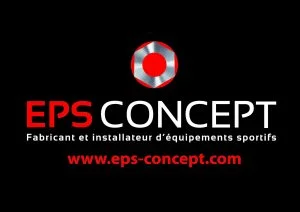
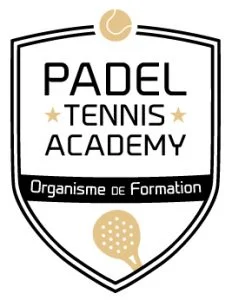
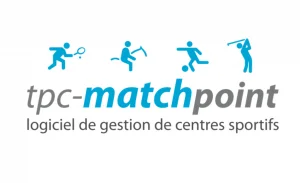

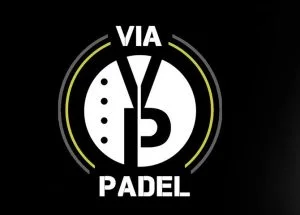
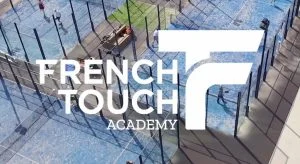



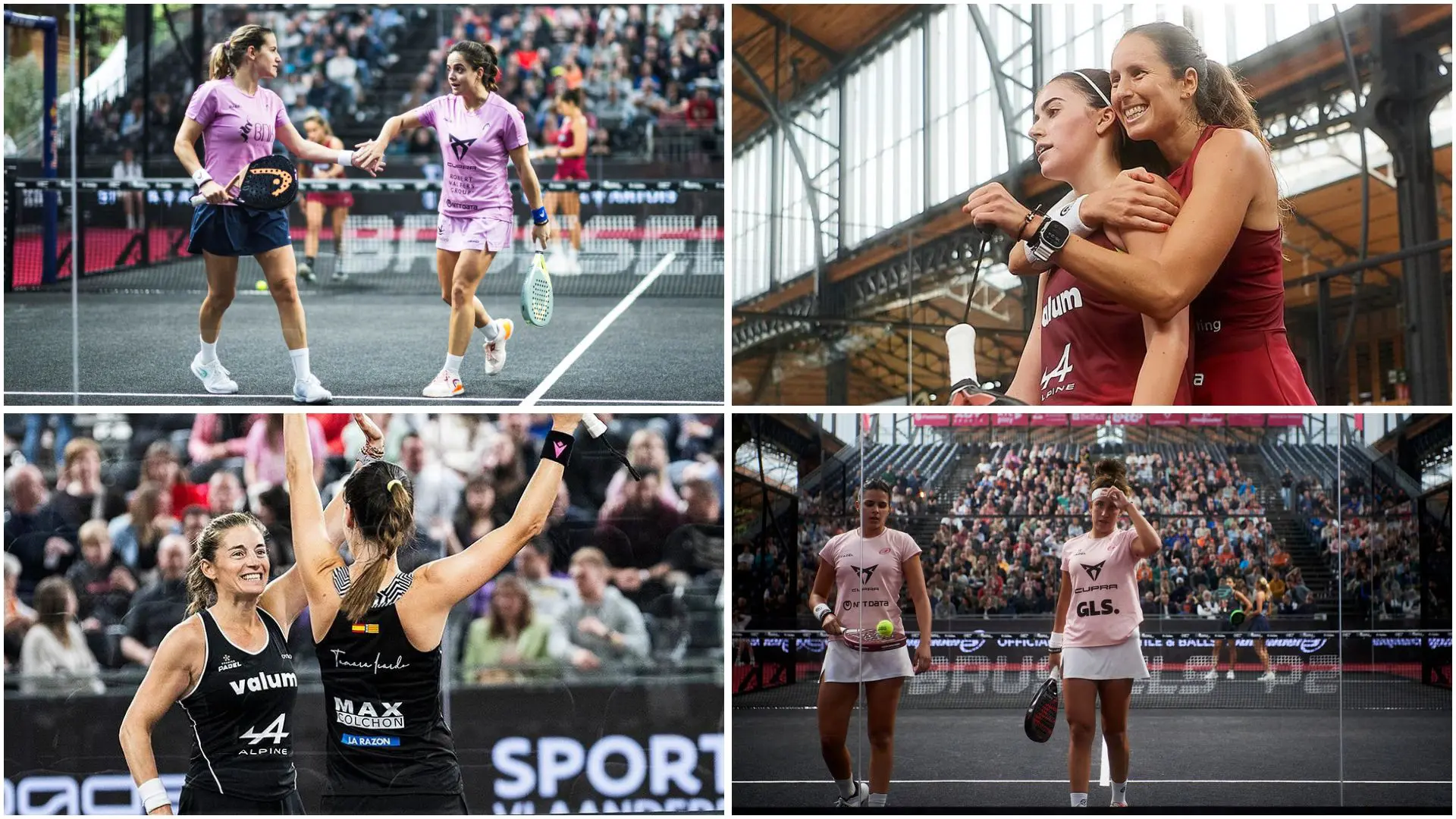 Premier Padel Brussels P2 – The women’s Big 4 at the semi-finals!
Premier Padel Brussels P2 – The women’s Big 4 at the semi-finals!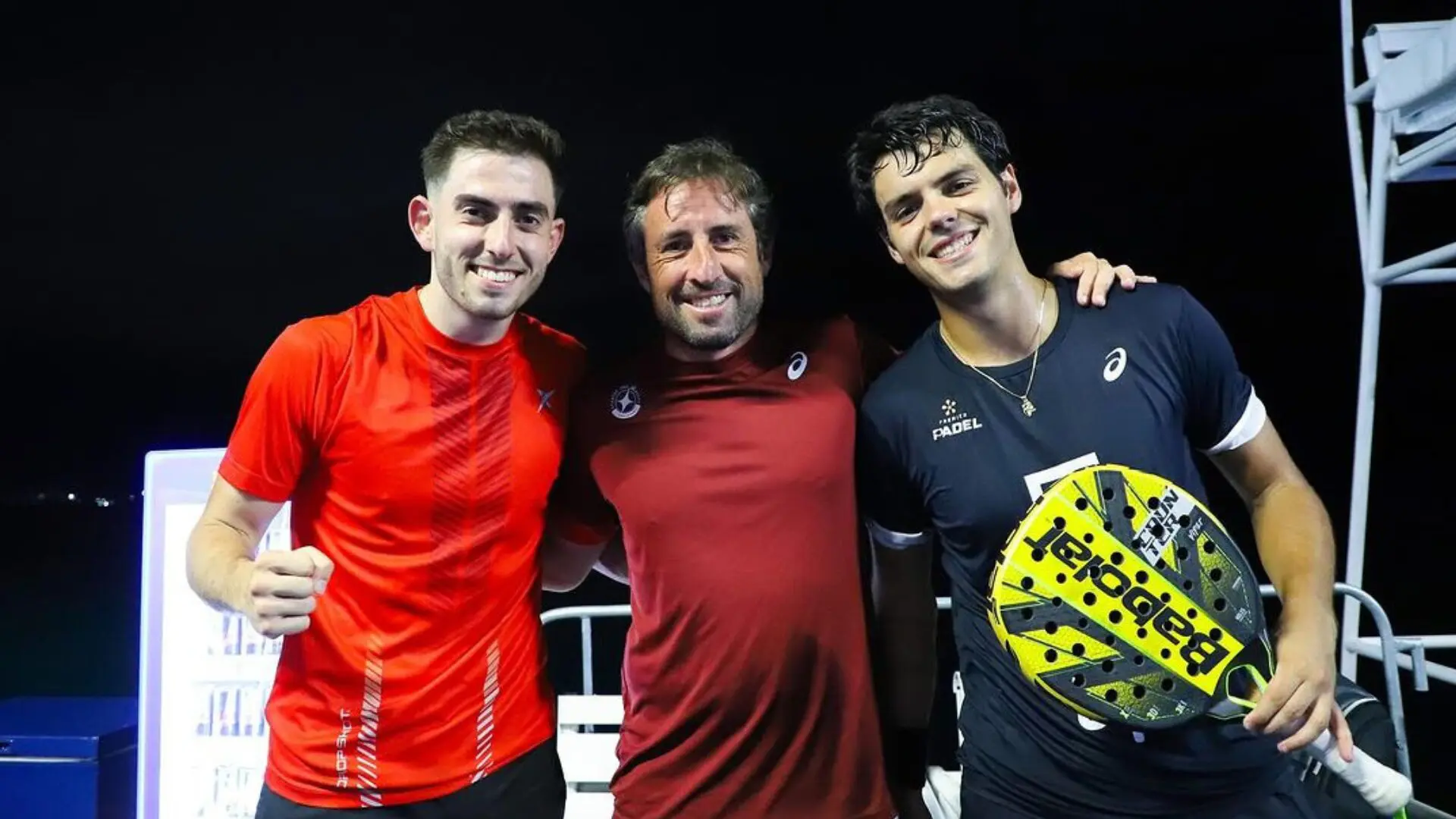 Premier Padel Brussels P2 – Sanz and Nieto win a big fight against Lebron / Navarro!
Premier Padel Brussels P2 – Sanz and Nieto win a big fight against Lebron / Navarro!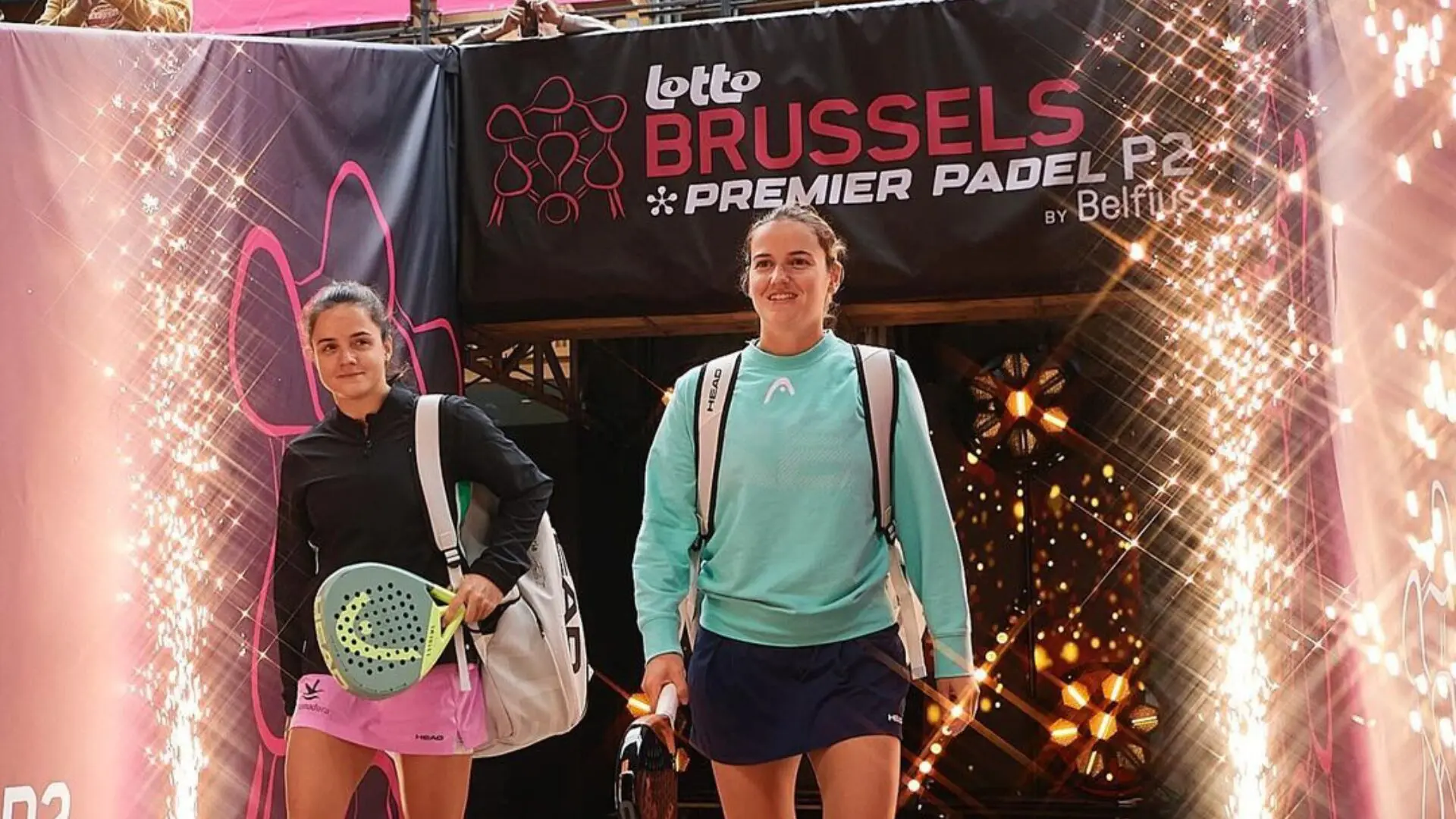 Premier Padel Brussels P2 – The break obviously did Sanchez / Josemaria good!
Premier Padel Brussels P2 – The break obviously did Sanchez / Josemaria good!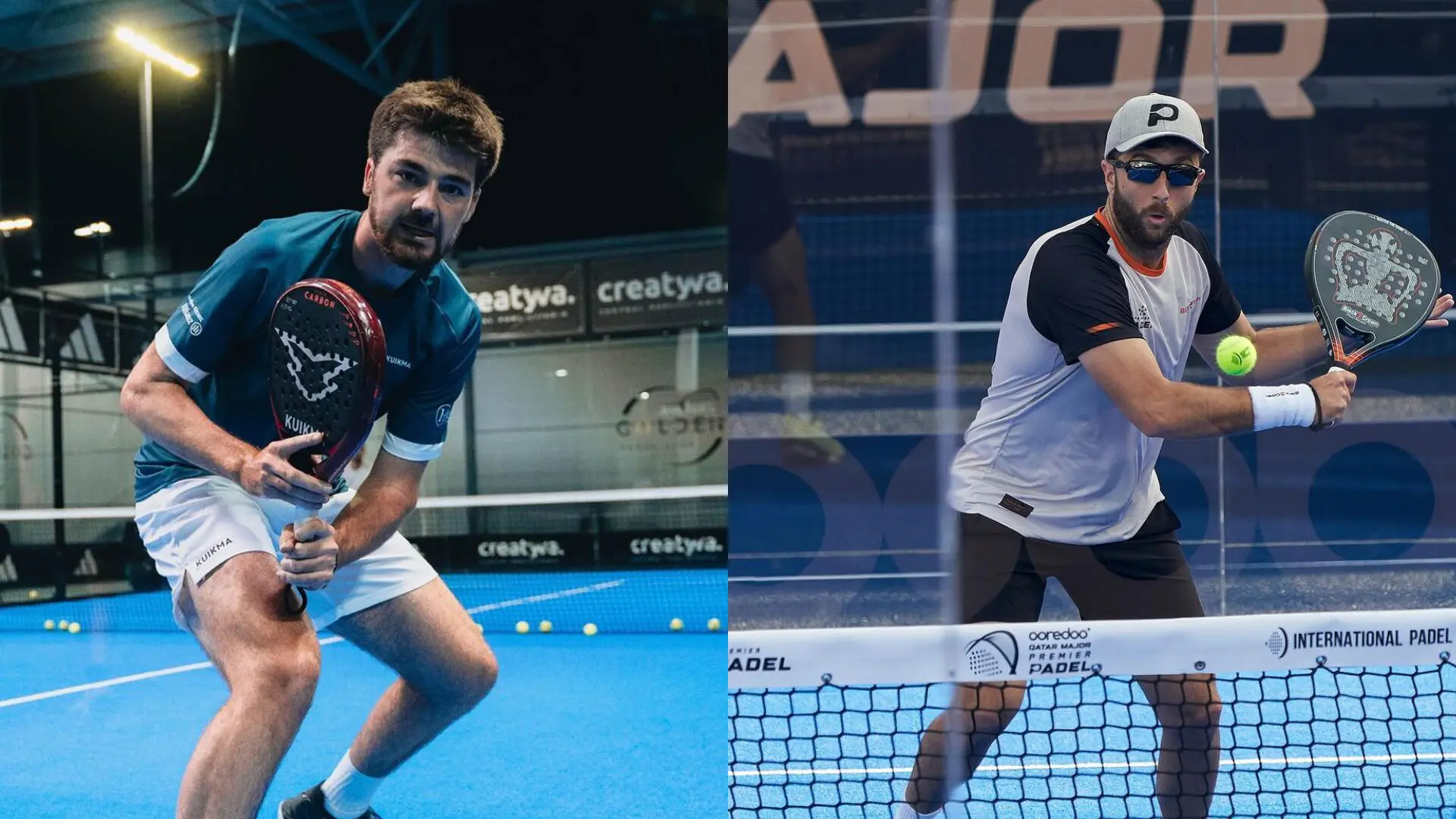 Premier Padel Sevilla P2 – From the waiting list to previas for Dylan Guichard and Ricardo Martinez!
Premier Padel Sevilla P2 – From the waiting list to previas for Dylan Guichard and Ricardo Martinez! Guillaume Codron de Sud Padel : “A family project”
Guillaume Codron de Sud Padel : “A family project” Nallé Grinda: “Democratize the padel in the USA with PadelX "
Nallé Grinda: “Democratize the padel in the USA with PadelX "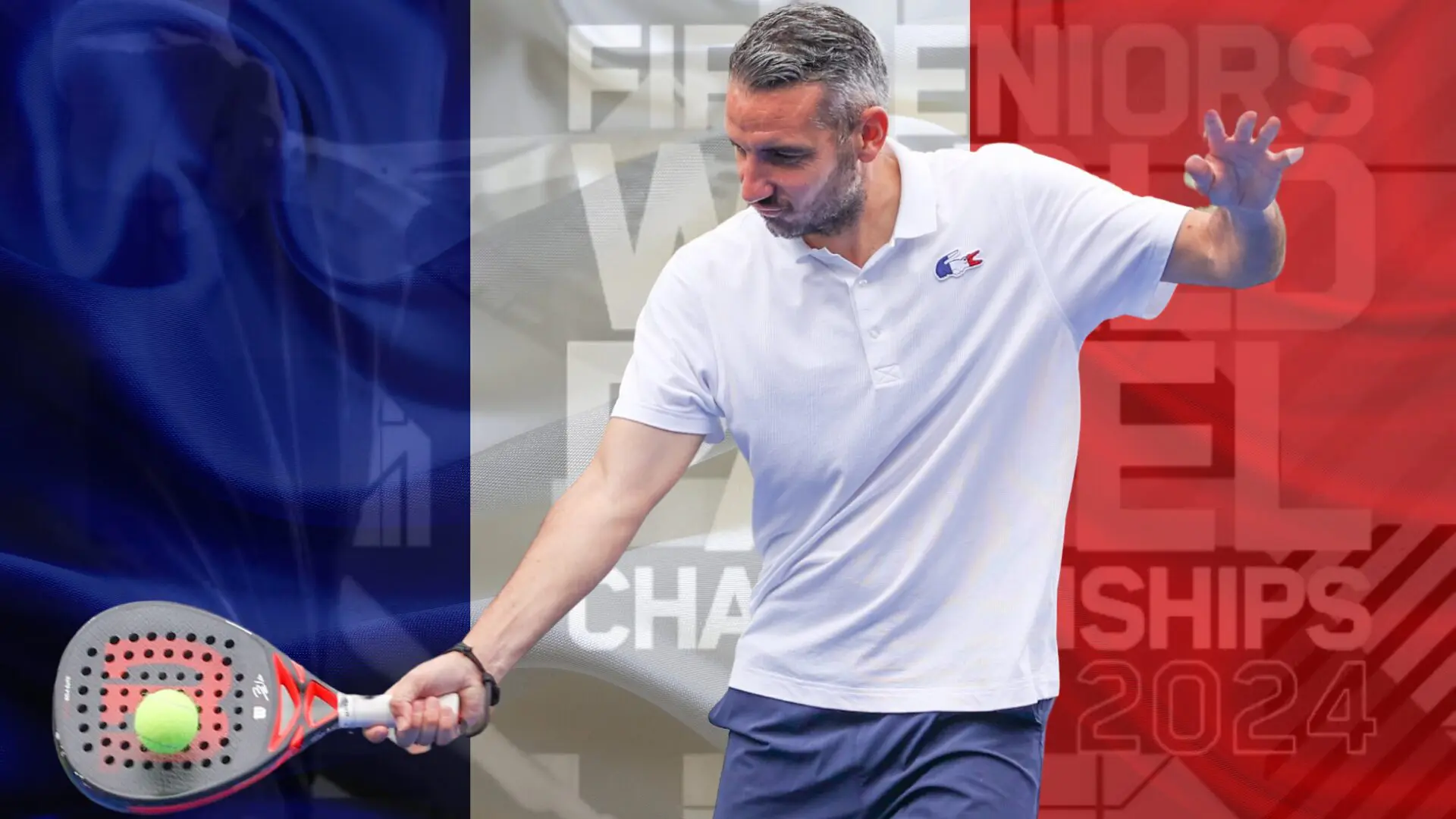 Simon Boissé: “We know that there are two nations in front of us”
Simon Boissé: “We know that there are two nations in front of us”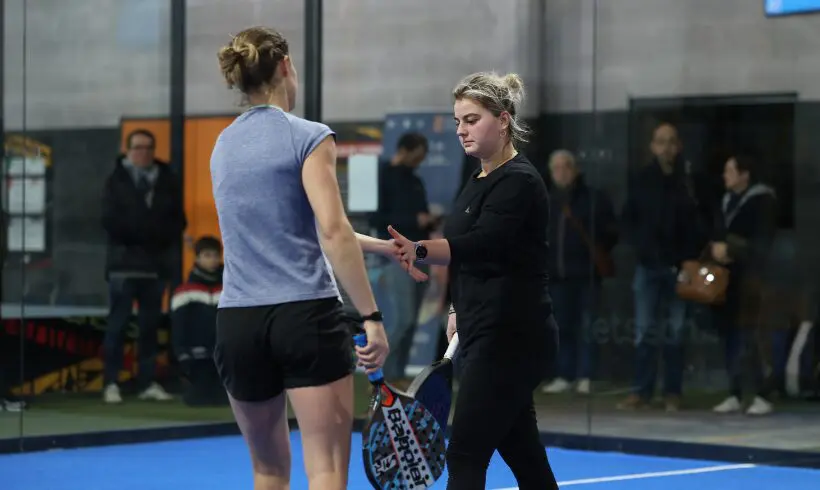 Marie Maligo: “This period of frequent changes of partners was beneficial for me”
Marie Maligo: “This period of frequent changes of partners was beneficial for me”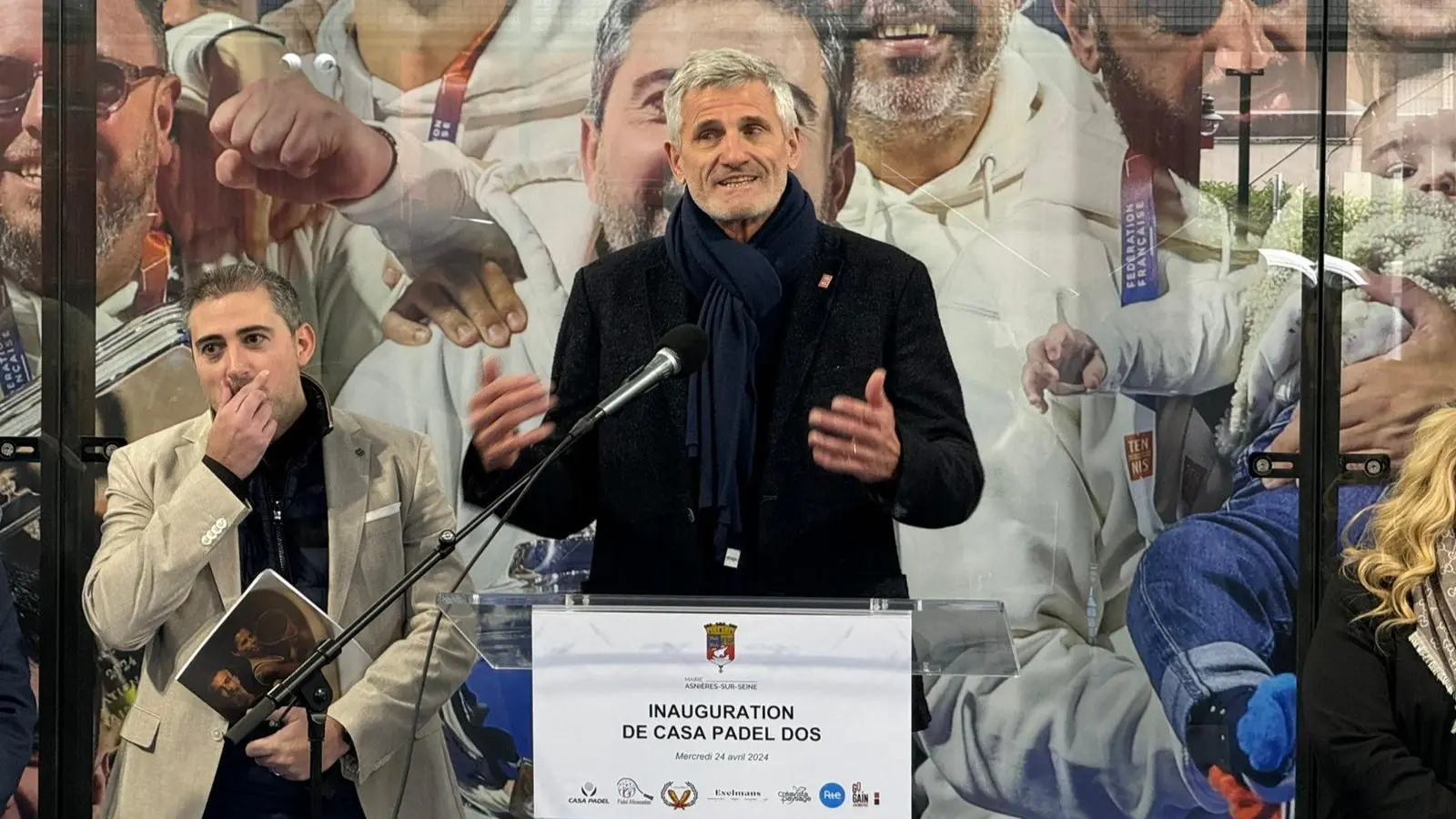 Gilles Moretton: “We will be able to put the padel at the level of tennis”
Gilles Moretton: “We will be able to put the padel at the level of tennis” Two P1000 doubled prize money approaching!
Two P1000 doubled prize money approaching!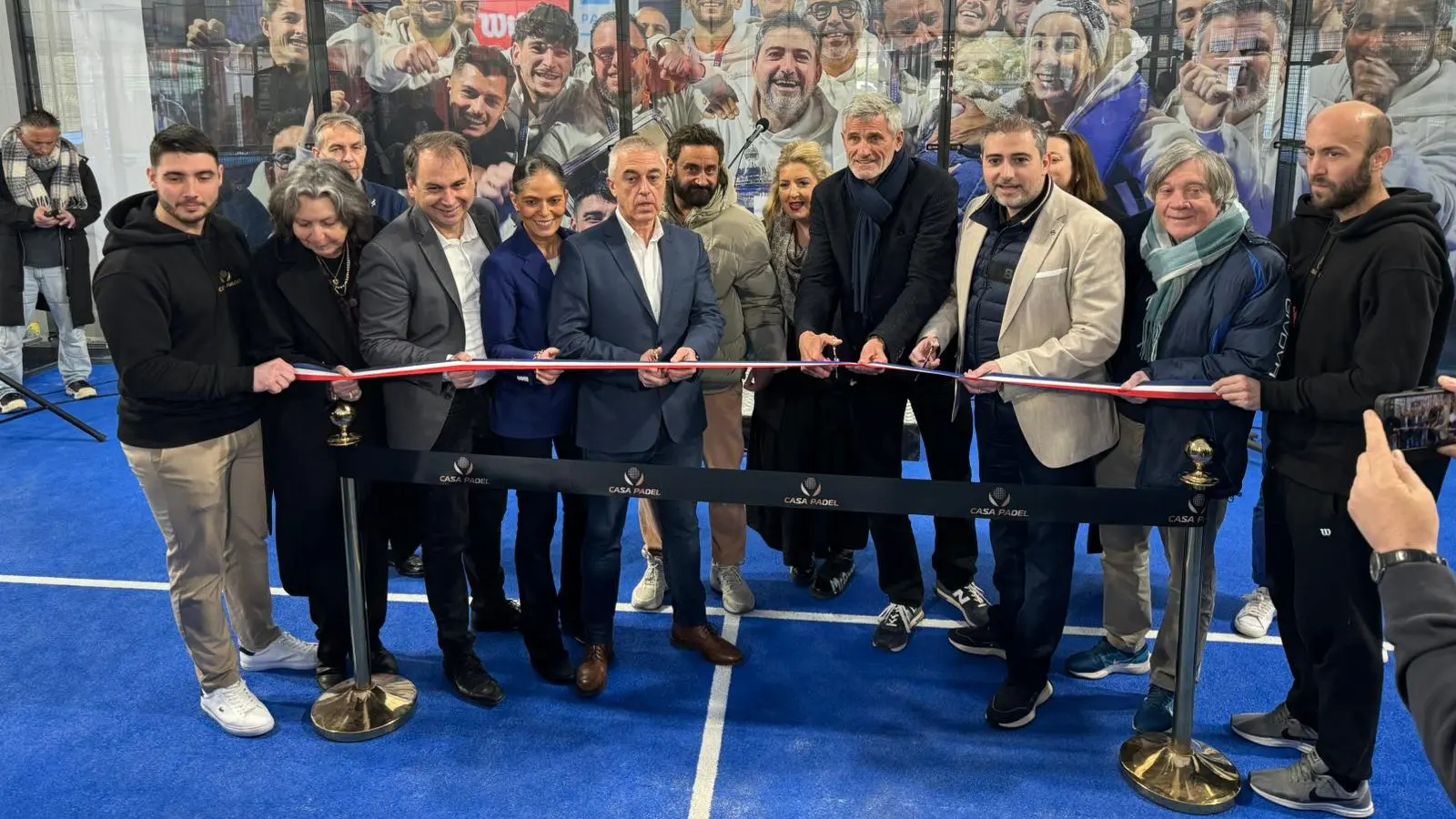 José Manuel Escin at the inauguration of Casa Padel DOS: “Finally, and thank you!”
José Manuel Escin at the inauguration of Casa Padel DOS: “Finally, and thank you!”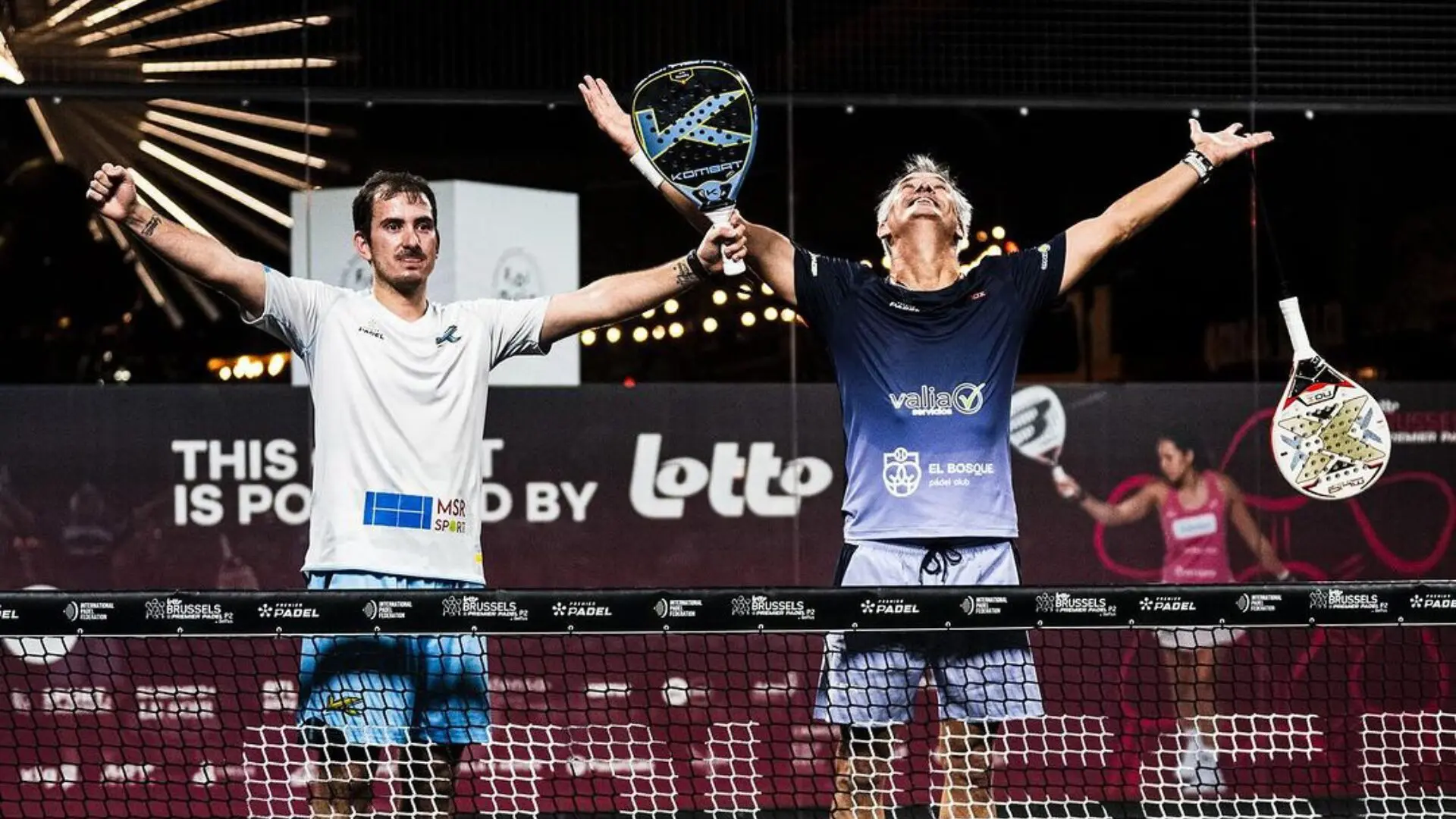 Miguel Lamperti: three tie-breaks and a return to the quarter-finals!
Miguel Lamperti: three tie-breaks and a return to the quarter-finals!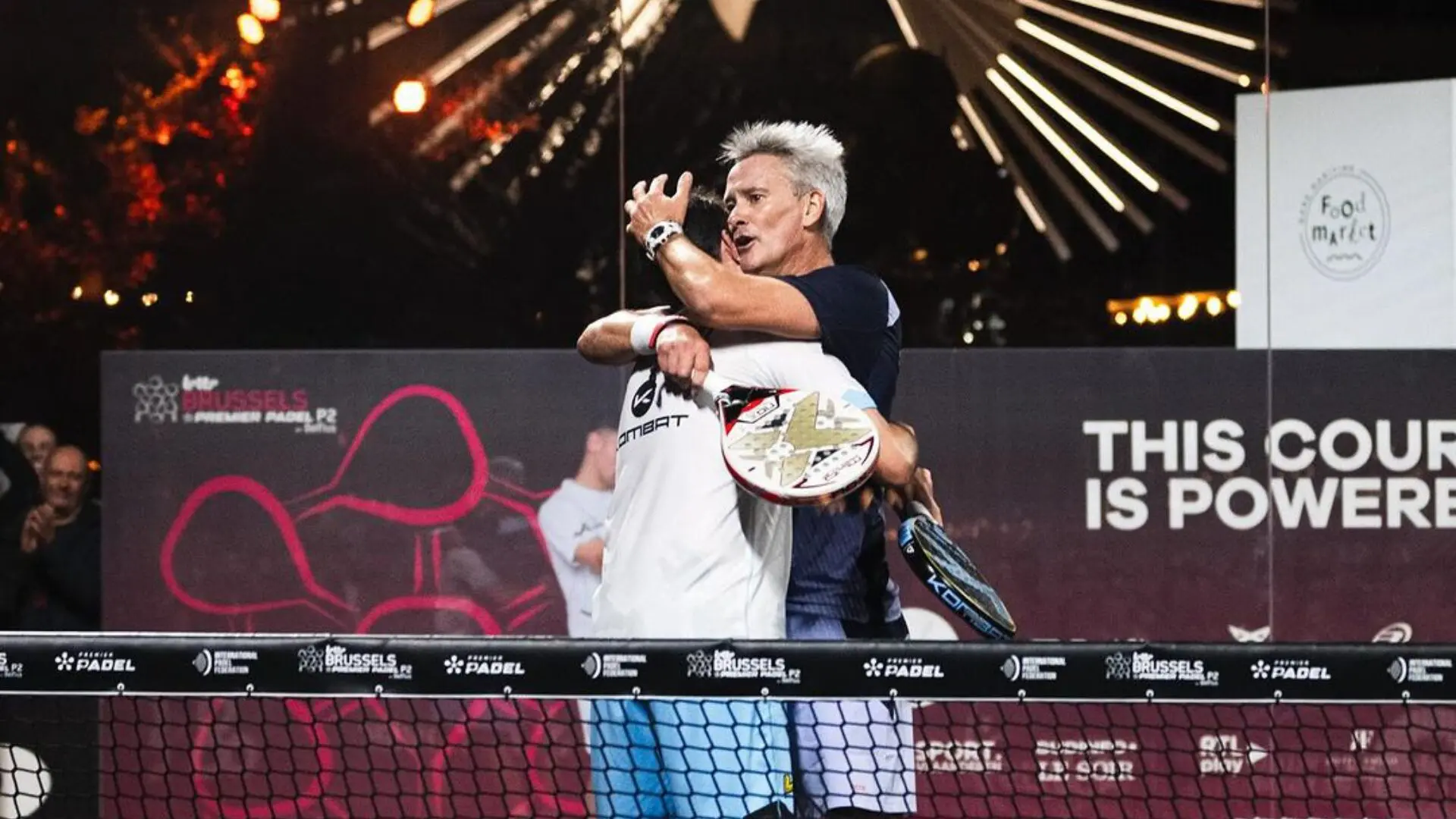 Big evening in Brussels with two seeded players on the mat, heckled number 1s…
Big evening in Brussels with two seeded players on the mat, heckled number 1s…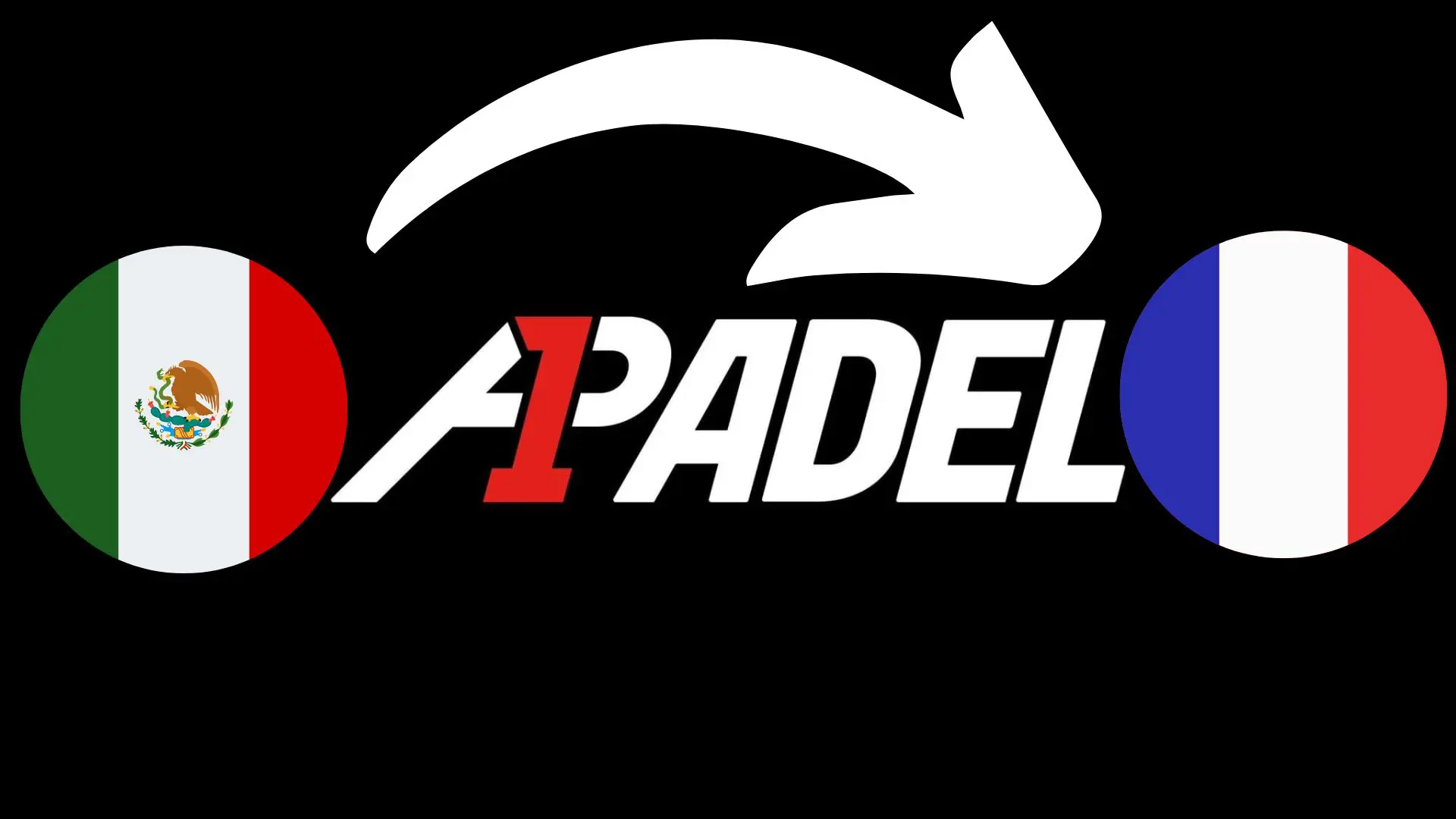 A1 Padel – the French Open replaces the Mexican Open on the calendar
A1 Padel – the French Open replaces the Mexican Open on the calendar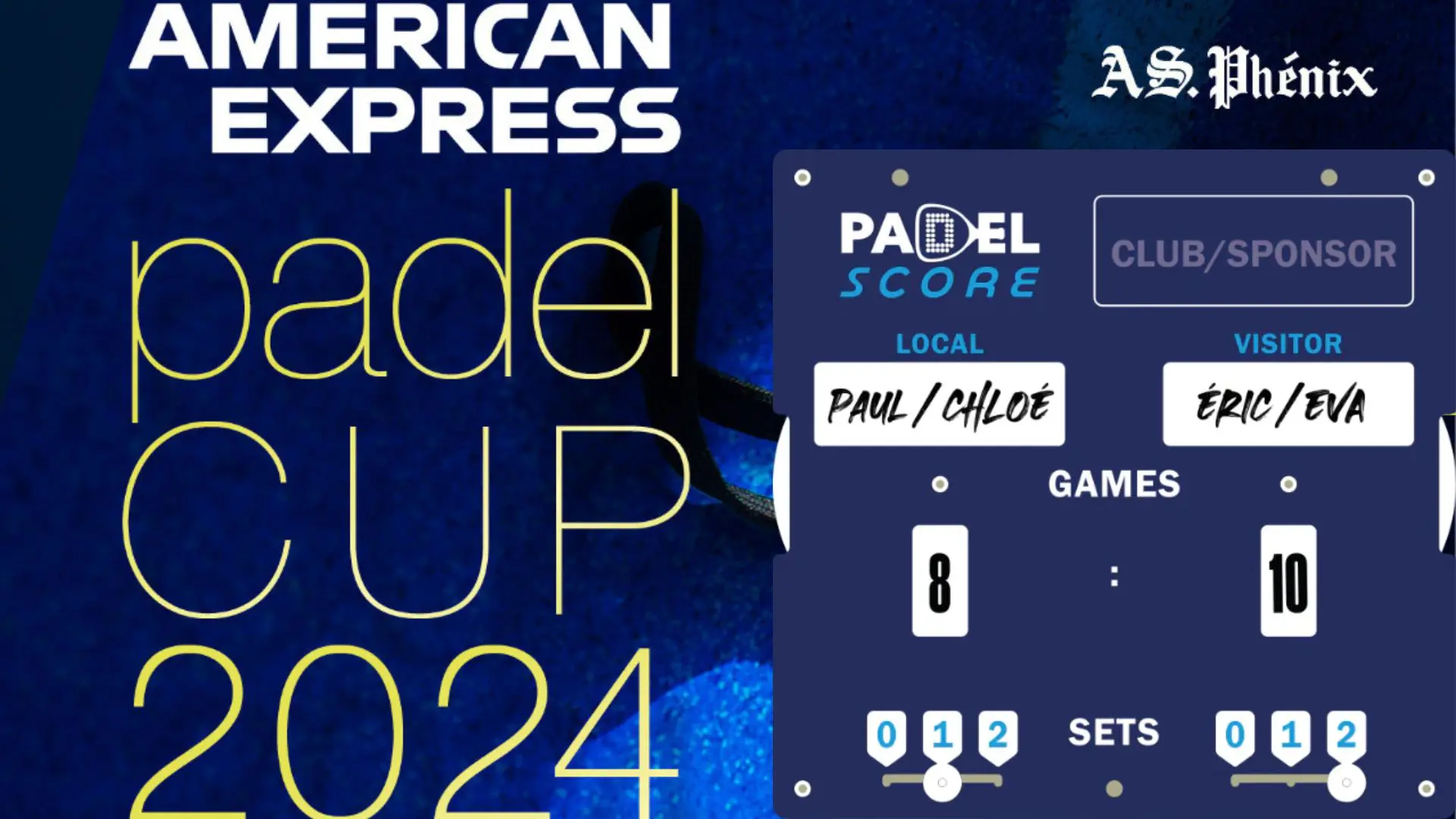 Padel Score comes to Tahiti for American Express Padel Cup!
Padel Score comes to Tahiti for American Express Padel Cup!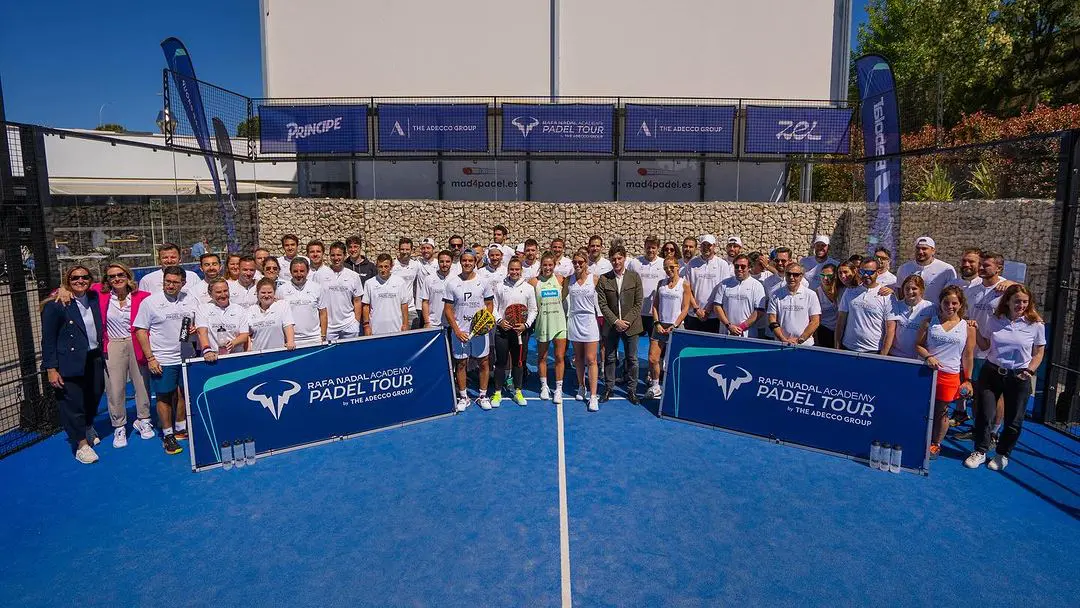 Do you know the Rafa Nadal Academy Tour?
Do you know the Rafa Nadal Academy Tour?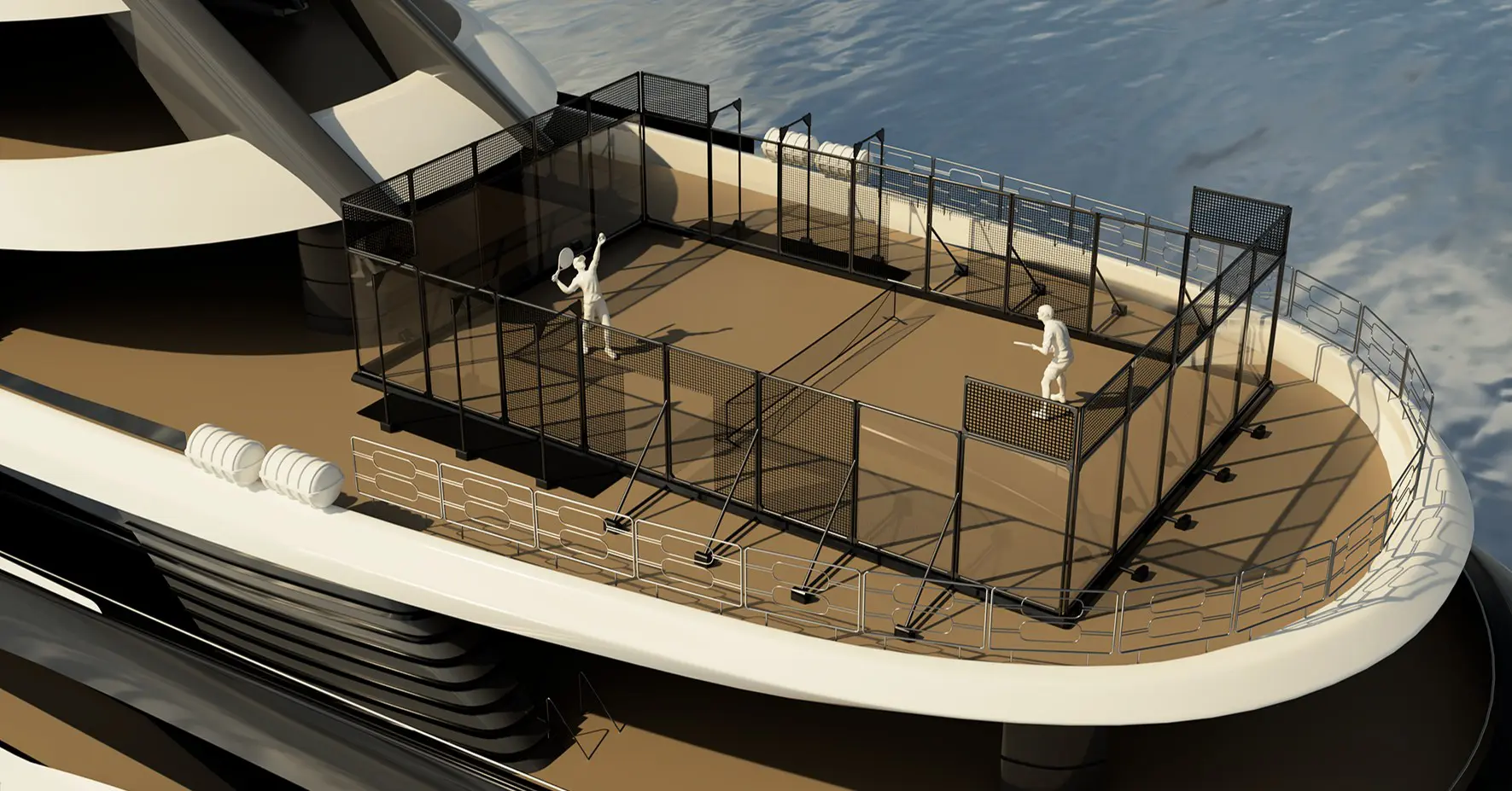 Play at padel on his yacht? Possible for €233.000!
Play at padel on his yacht? Possible for €233.000!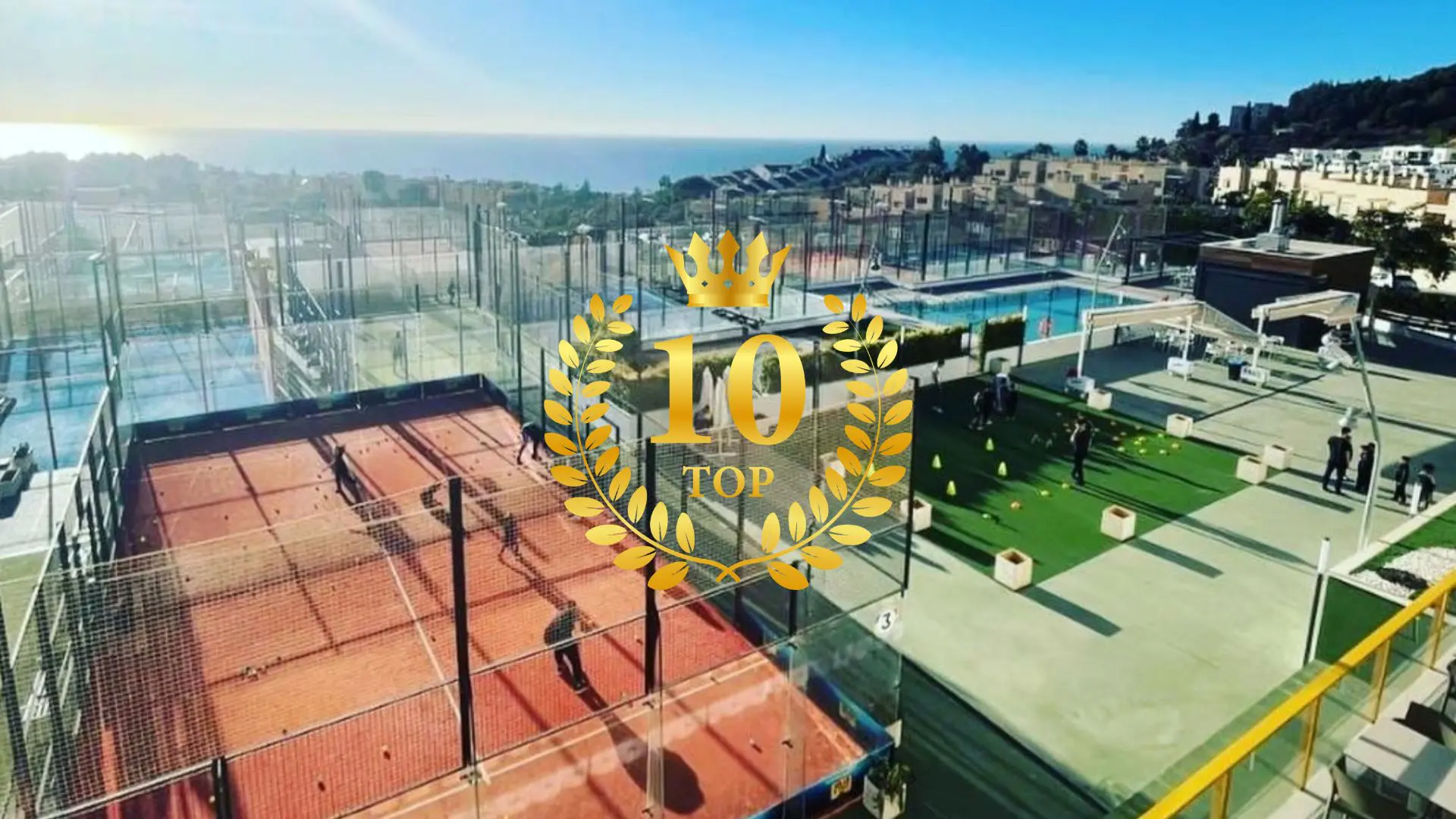 Our Top 10 training courses padel in France and Europe
Our Top 10 training courses padel in France and Europe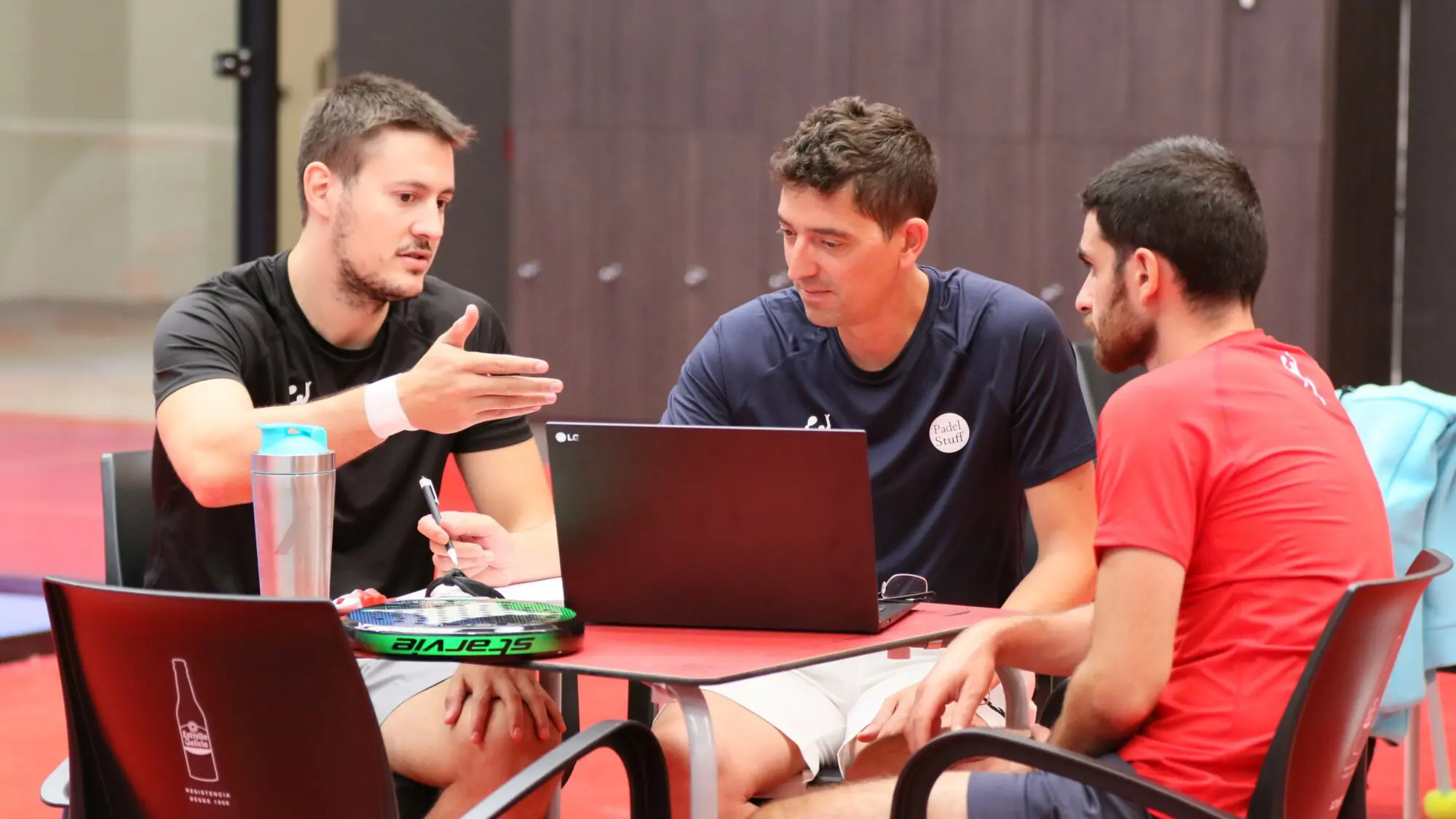 At the heart of padel – Episode 25: Paul and Andoni answer your questions
At the heart of padel – Episode 25: Paul and Andoni answer your questions Tactical padel – What to do when faced with players who systematically stay at the bottom?
Tactical padel – What to do when faced with players who systematically stay at the bottom?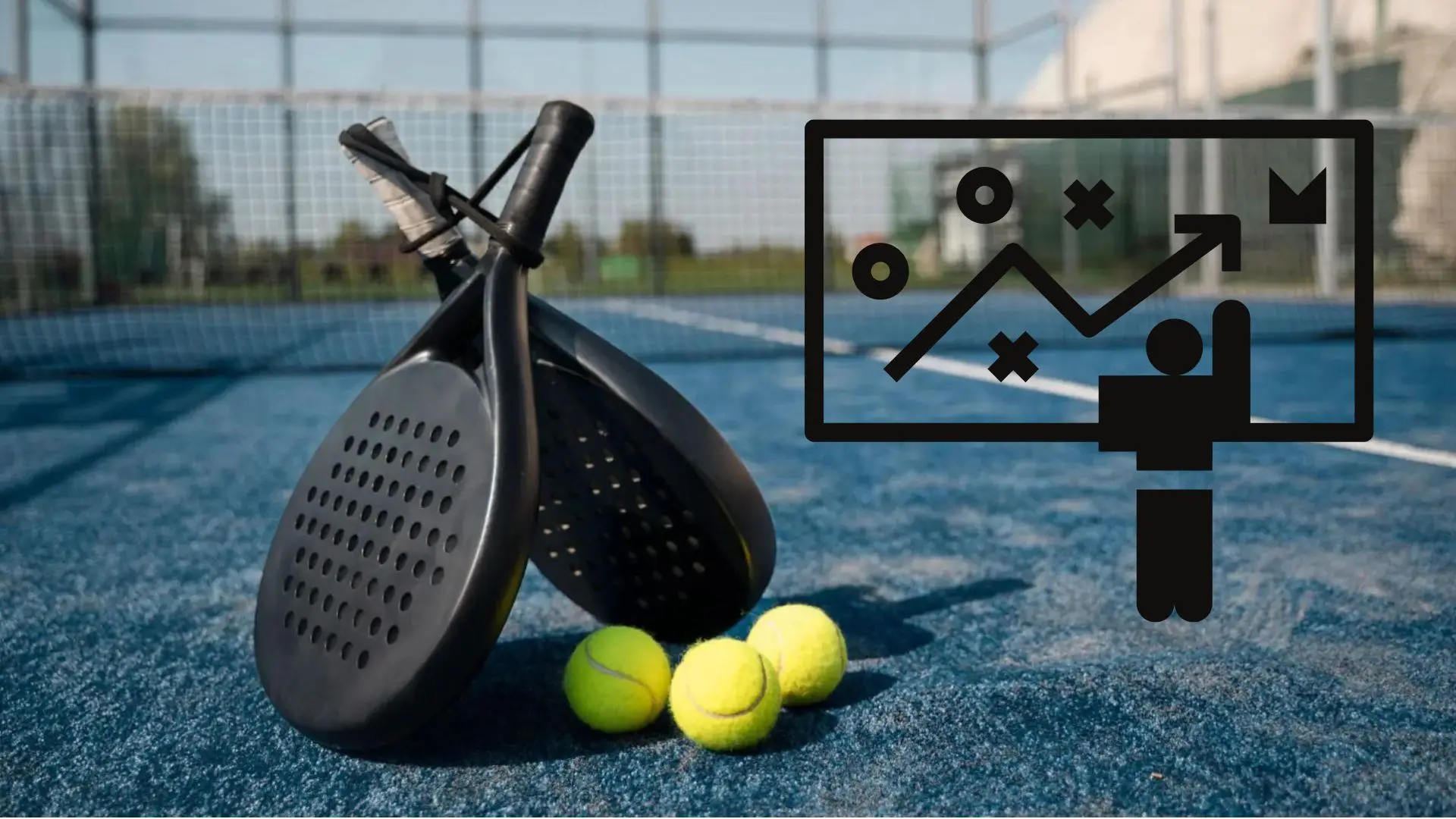 The basic tactics of padel
The basic tactics of padel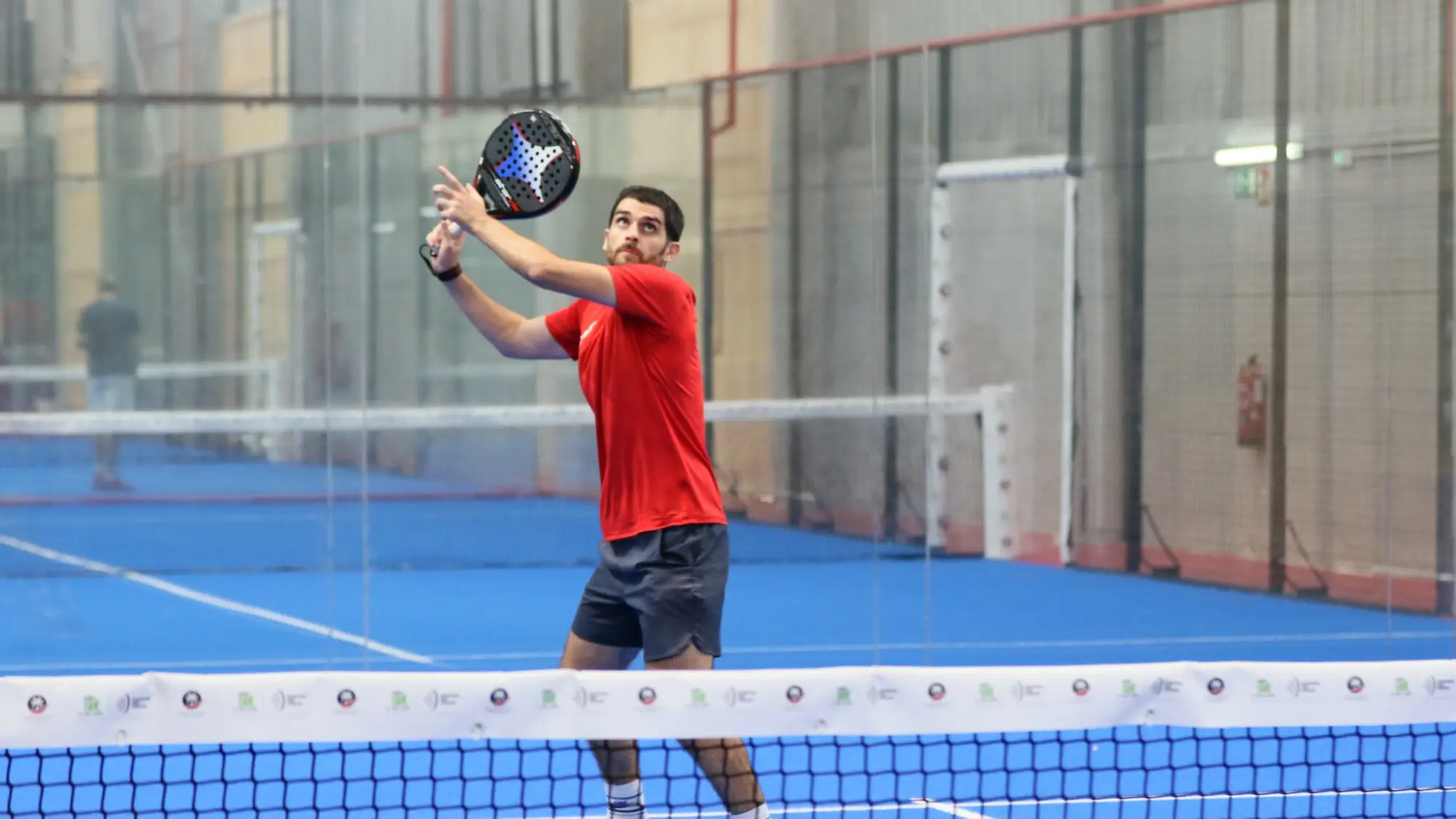 At the heart of padel – Episode 25: Paul and Andoni answer your questions
At the heart of padel – Episode 25: Paul and Andoni answer your questions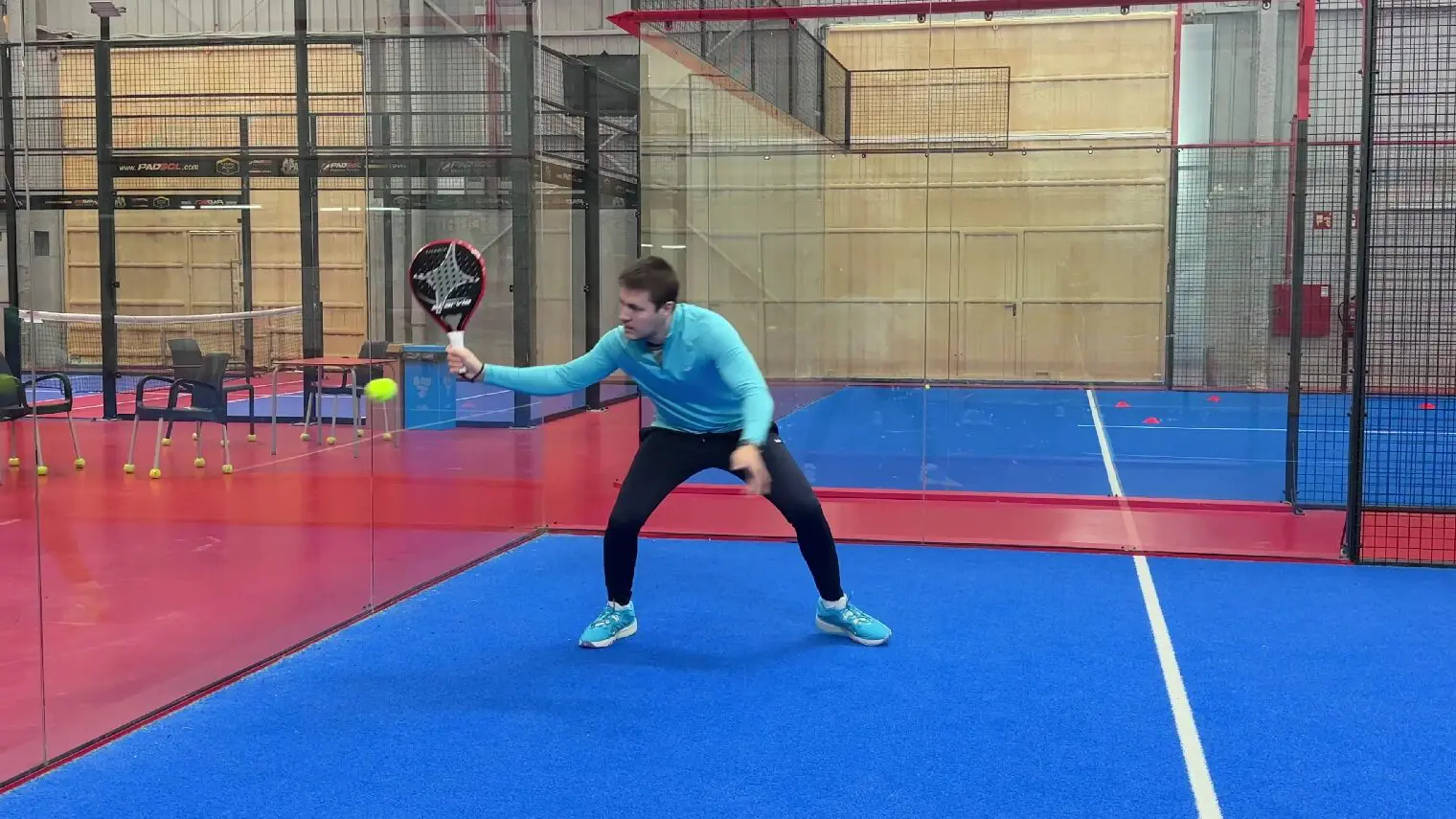 At the heart of padel – Episode 23: defend the window well
At the heart of padel – Episode 23: defend the window well Prohibition on playing topless Padel : the reasons
Prohibition on playing topless Padel : the reasons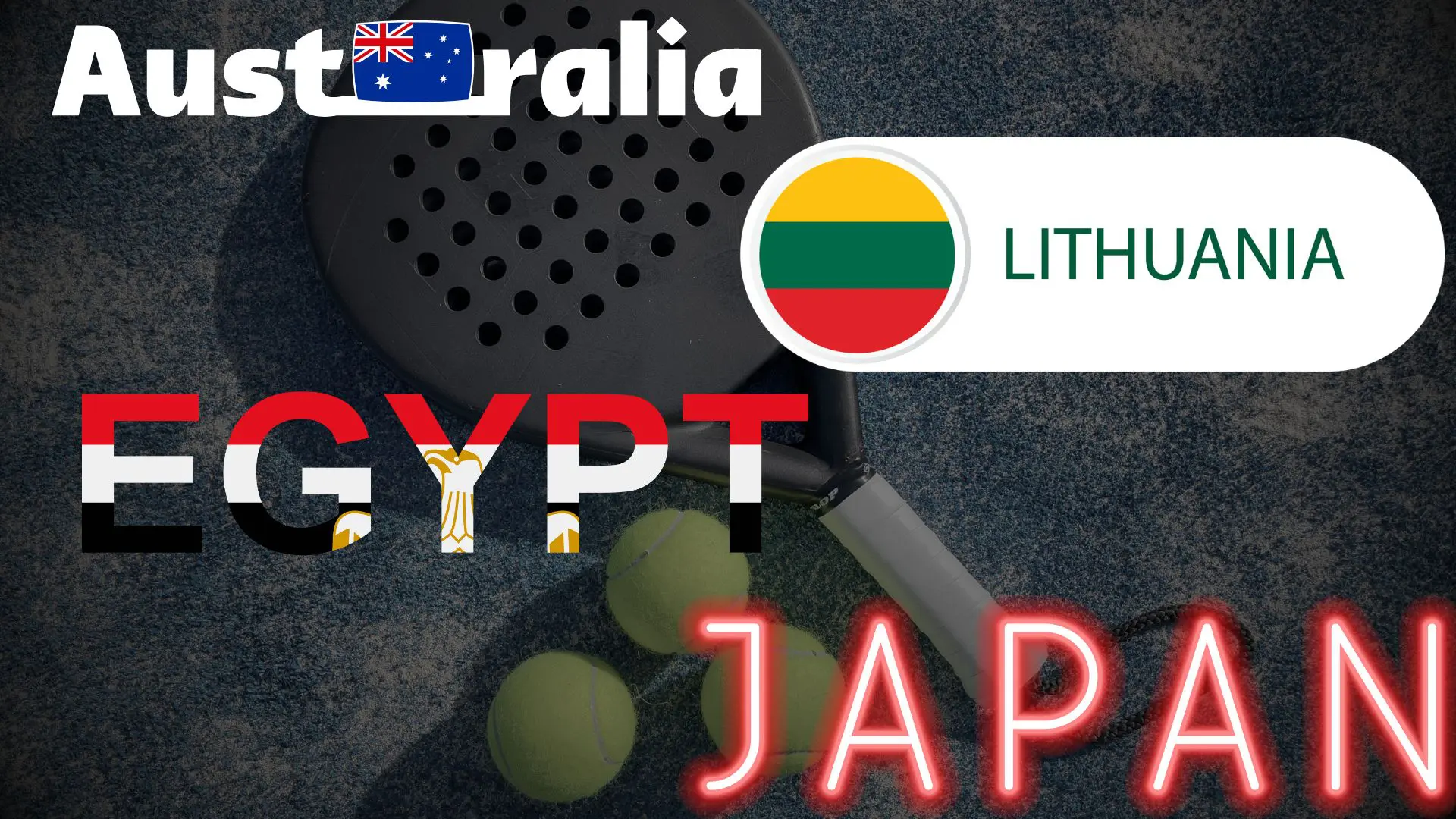 FIP Tour – Going far from Europe, THE strategy to earn points!
FIP Tour – Going far from Europe, THE strategy to earn points! What is a good football player? padel ?
What is a good football player? padel ? “Lefties give me headaches when I play against them!”
“Lefties give me headaches when I play against them!”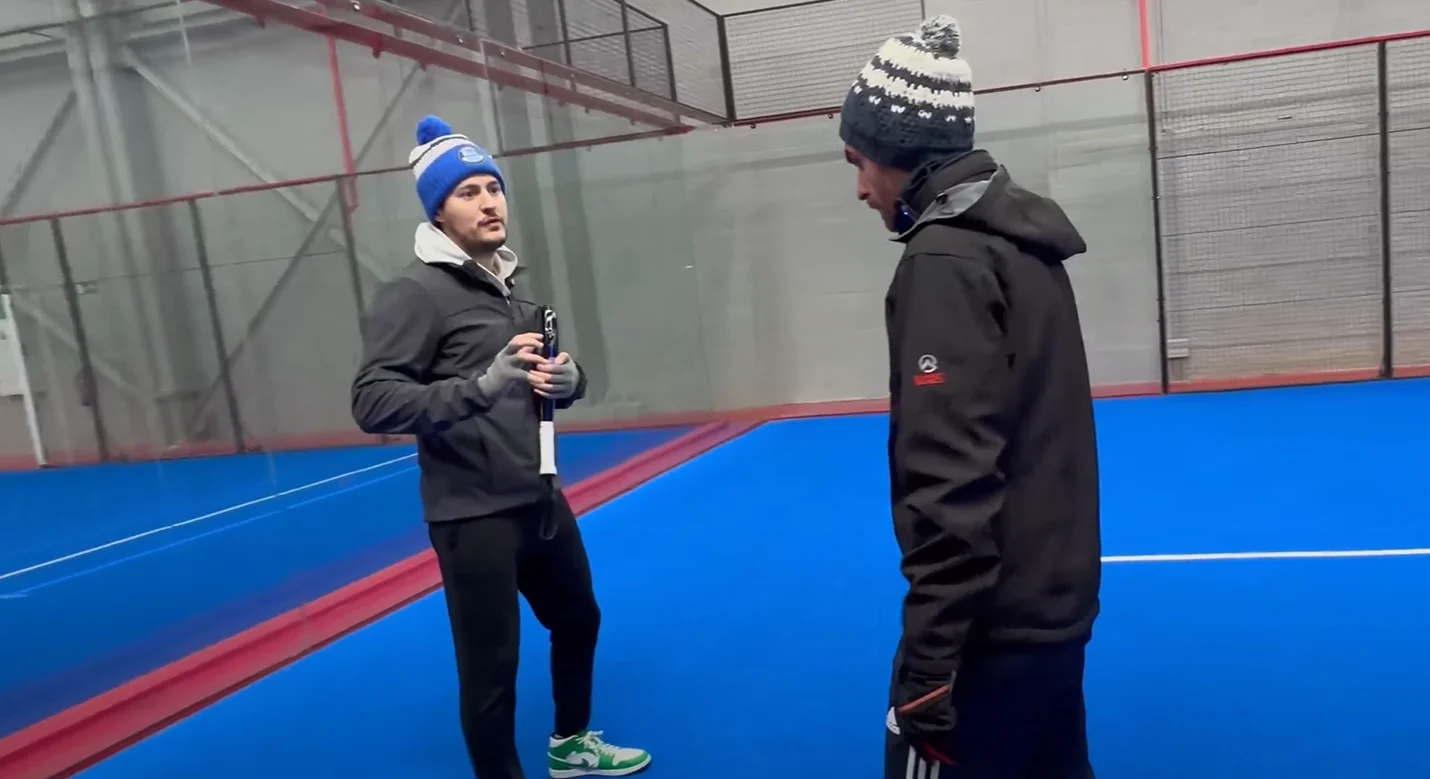 At the heart of padel – Episode 14: how to earn points in winter?
At the heart of padel – Episode 14: how to earn points in winter?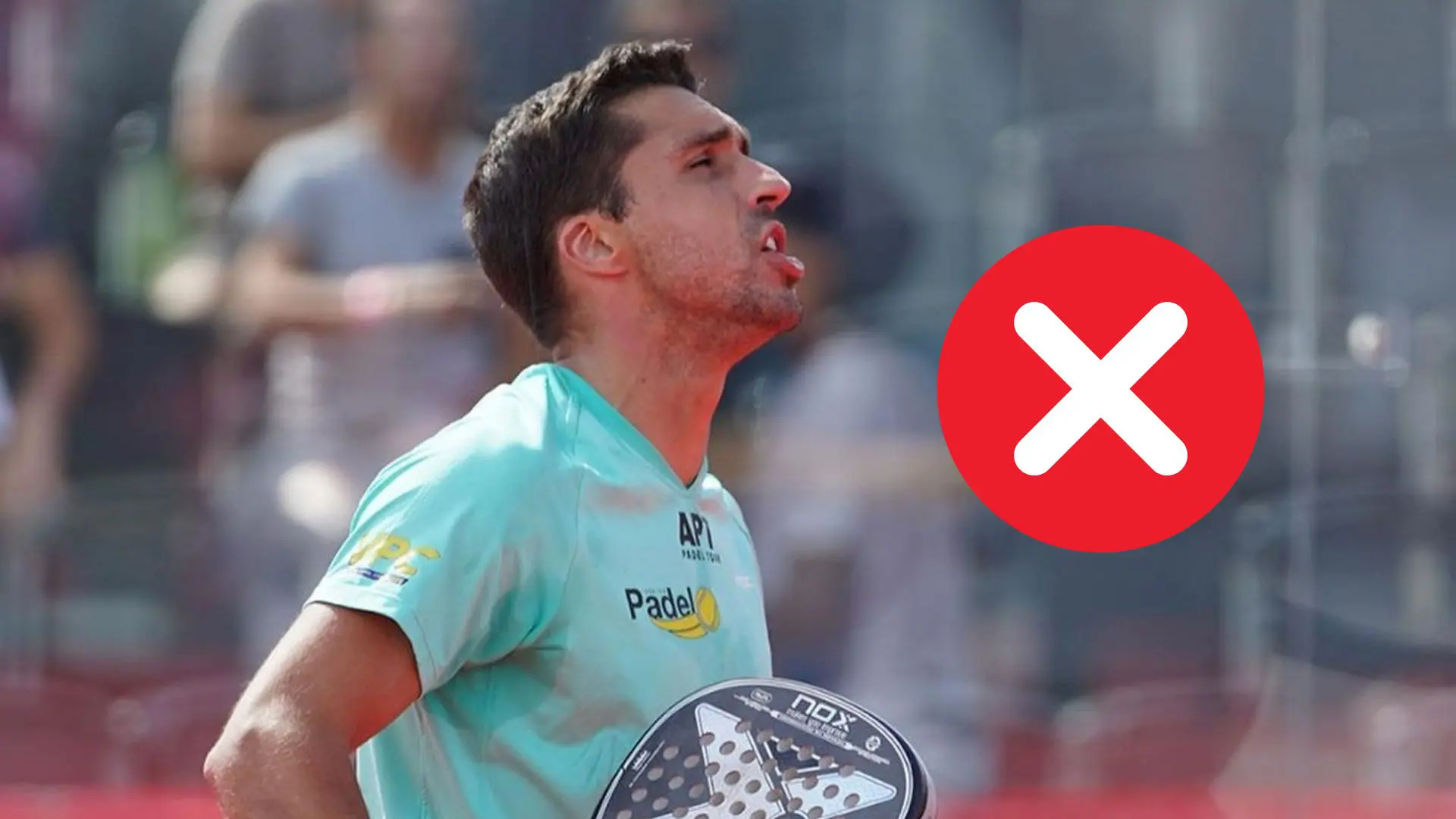 A par 4 is always a winner...even if you manage to defend it!
A par 4 is always a winner...even if you manage to defend it!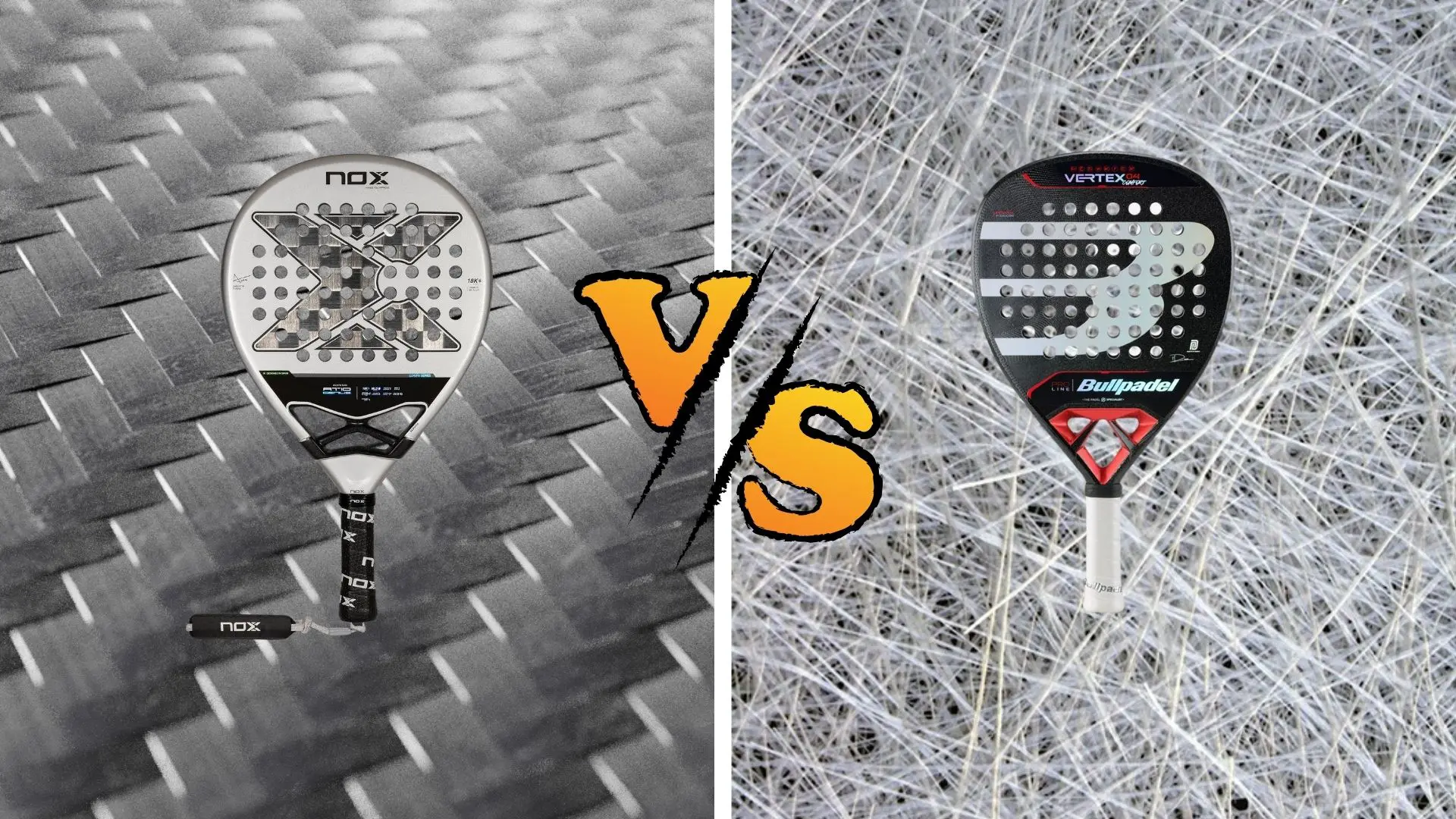 Carbon fiber VS fiberglass: what to choose?
Carbon fiber VS fiberglass: what to choose?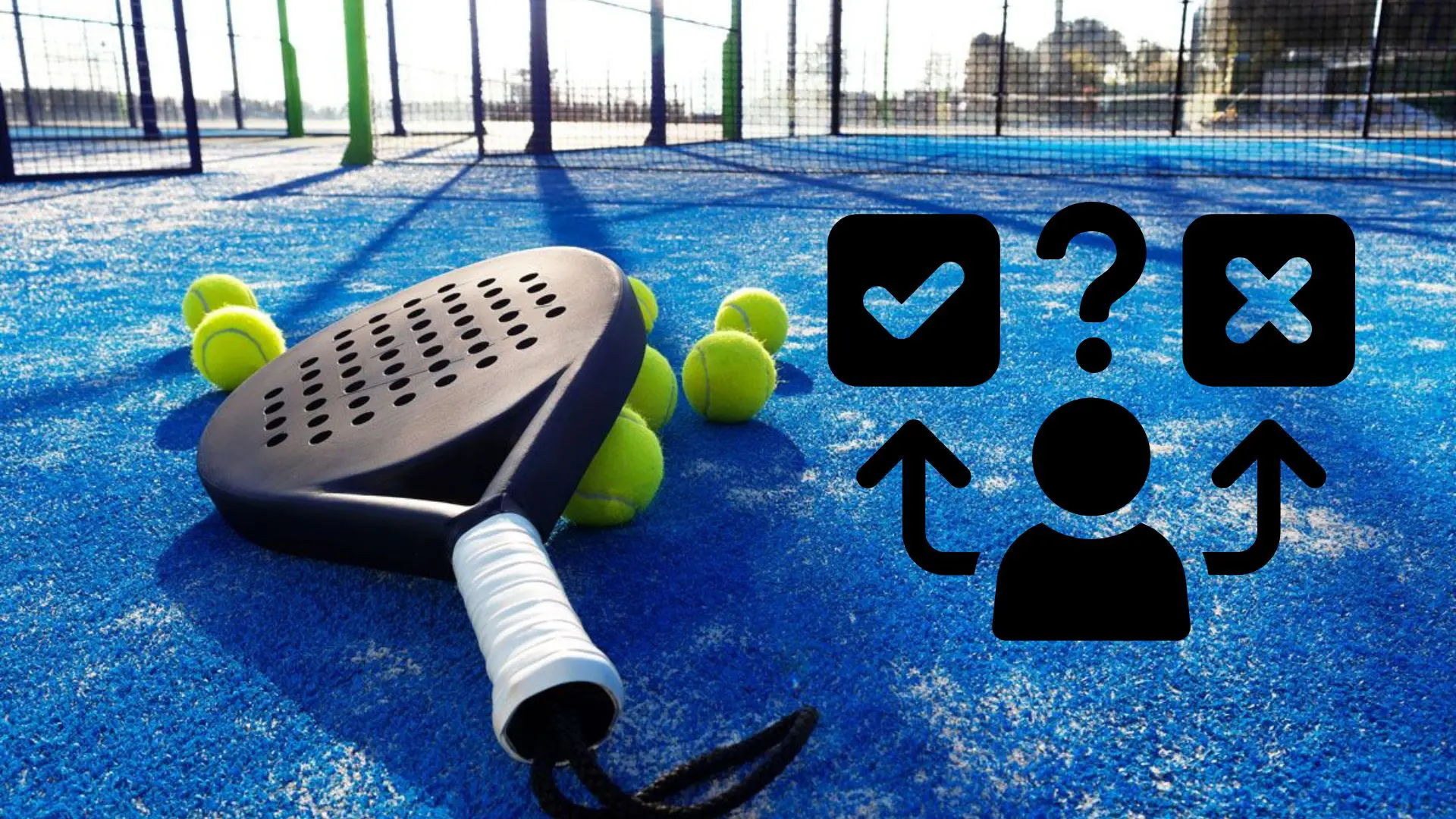 How to effectively test a racket padel ?
How to effectively test a racket padel ?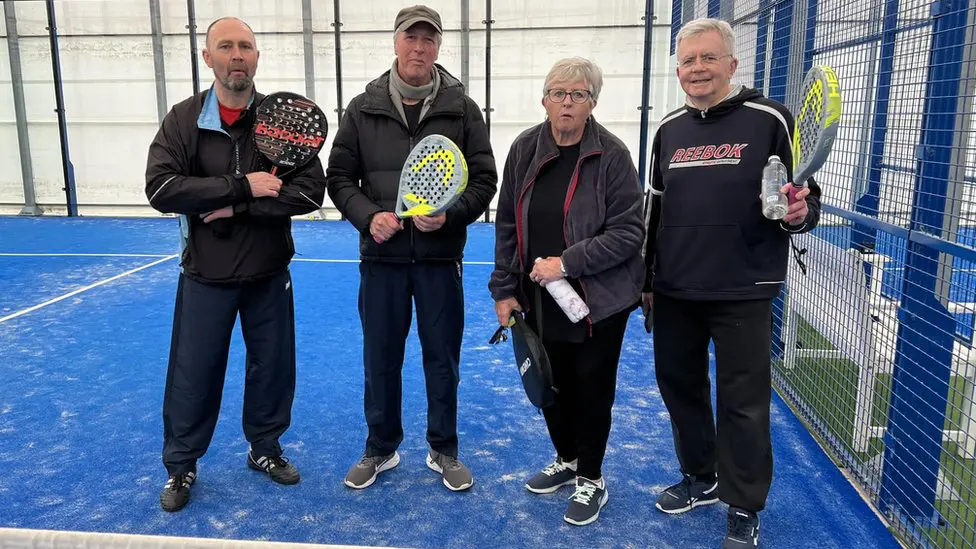 La padel to fight Parkinson's disease
La padel to fight Parkinson's disease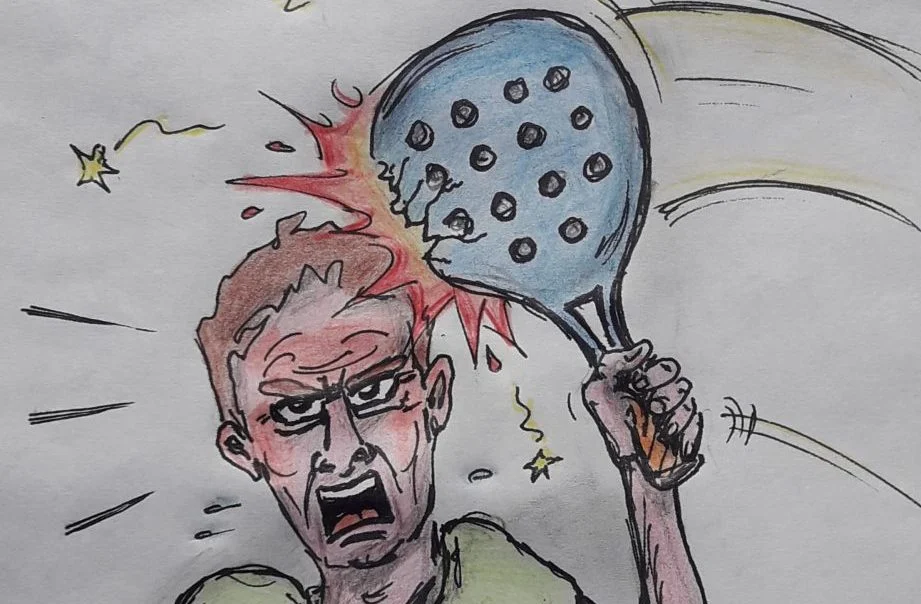 Don't play with a cracked or broken racket, your body will thank you!
Don't play with a cracked or broken racket, your body will thank you! Michel Cymes: “The padel, physically, it’s serious!”
Michel Cymes: “The padel, physically, it’s serious!”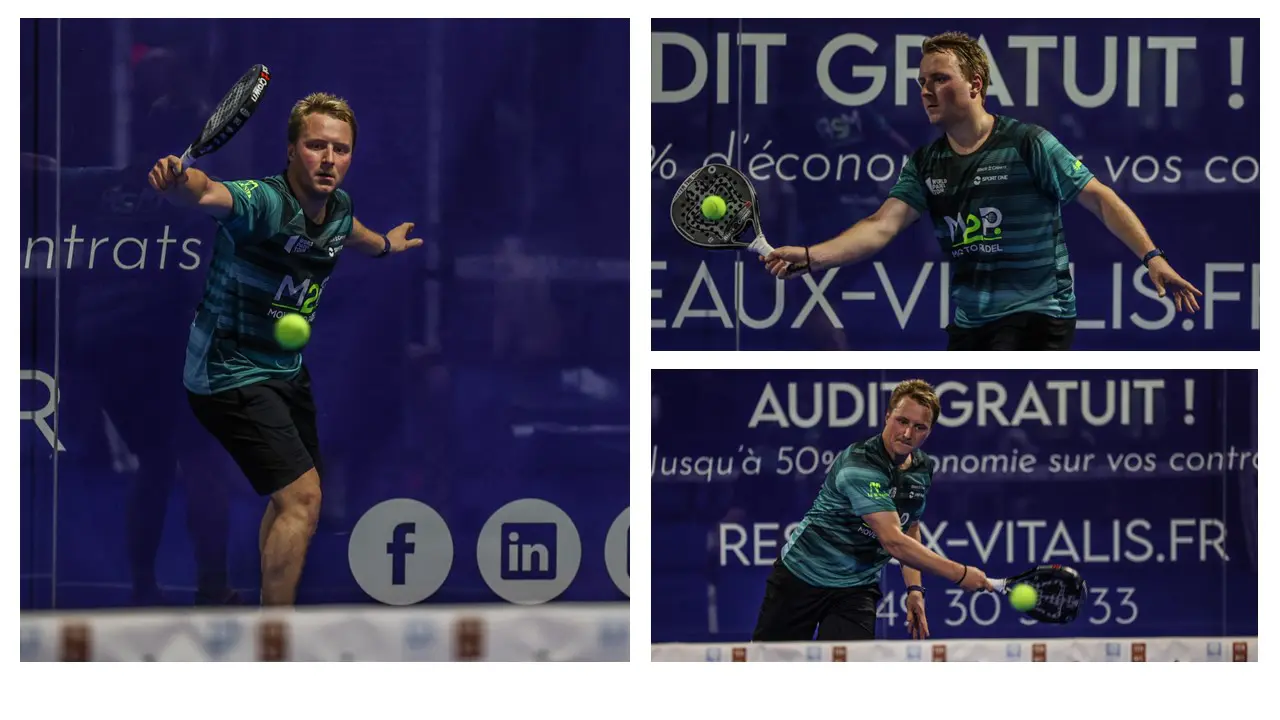 Jeremy Gala: “Promote the padel among young people in Belgium remains a challenge”
Jeremy Gala: “Promote the padel among young people in Belgium remains a challenge”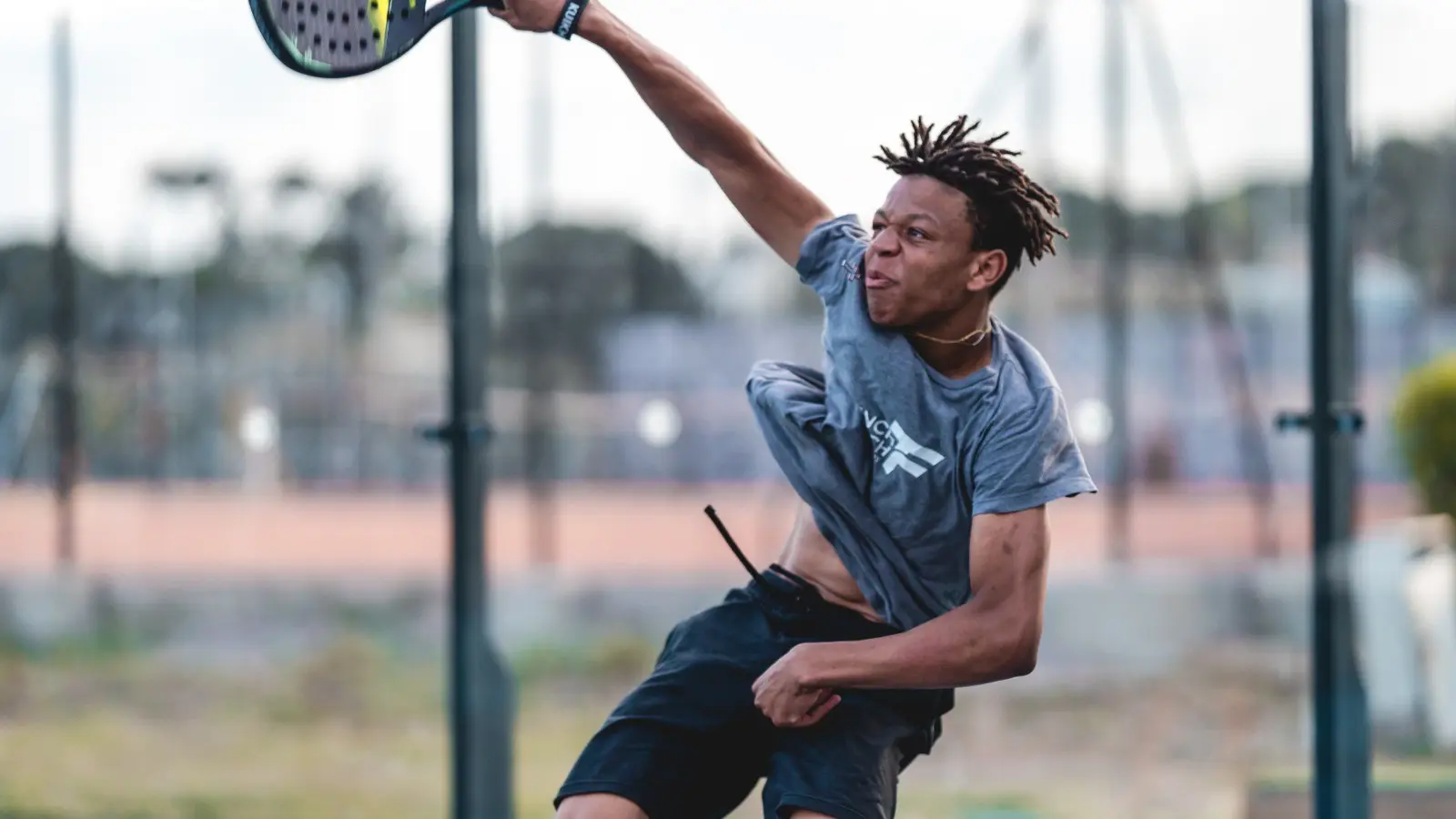 The French Touch Academy organizes its selection day Padel-Study
The French Touch Academy organizes its selection day Padel-Study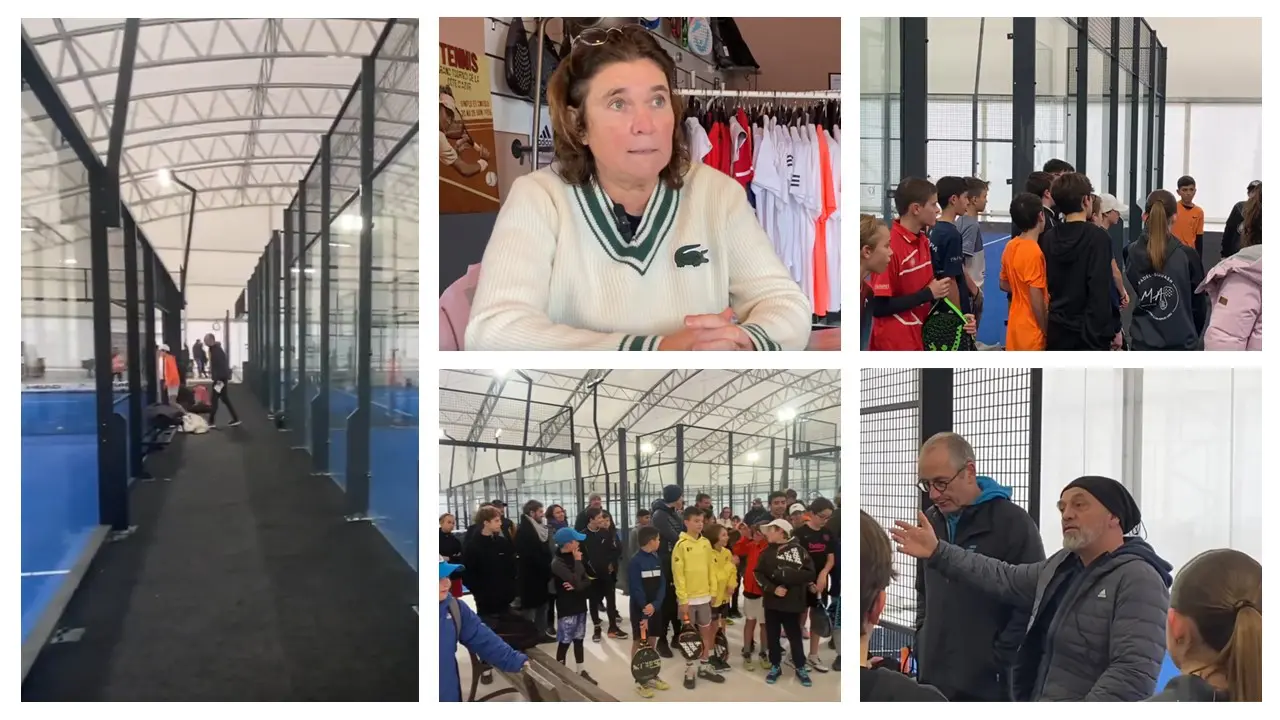 Report on the detection and training of younger generations
Report on the detection and training of younger generations